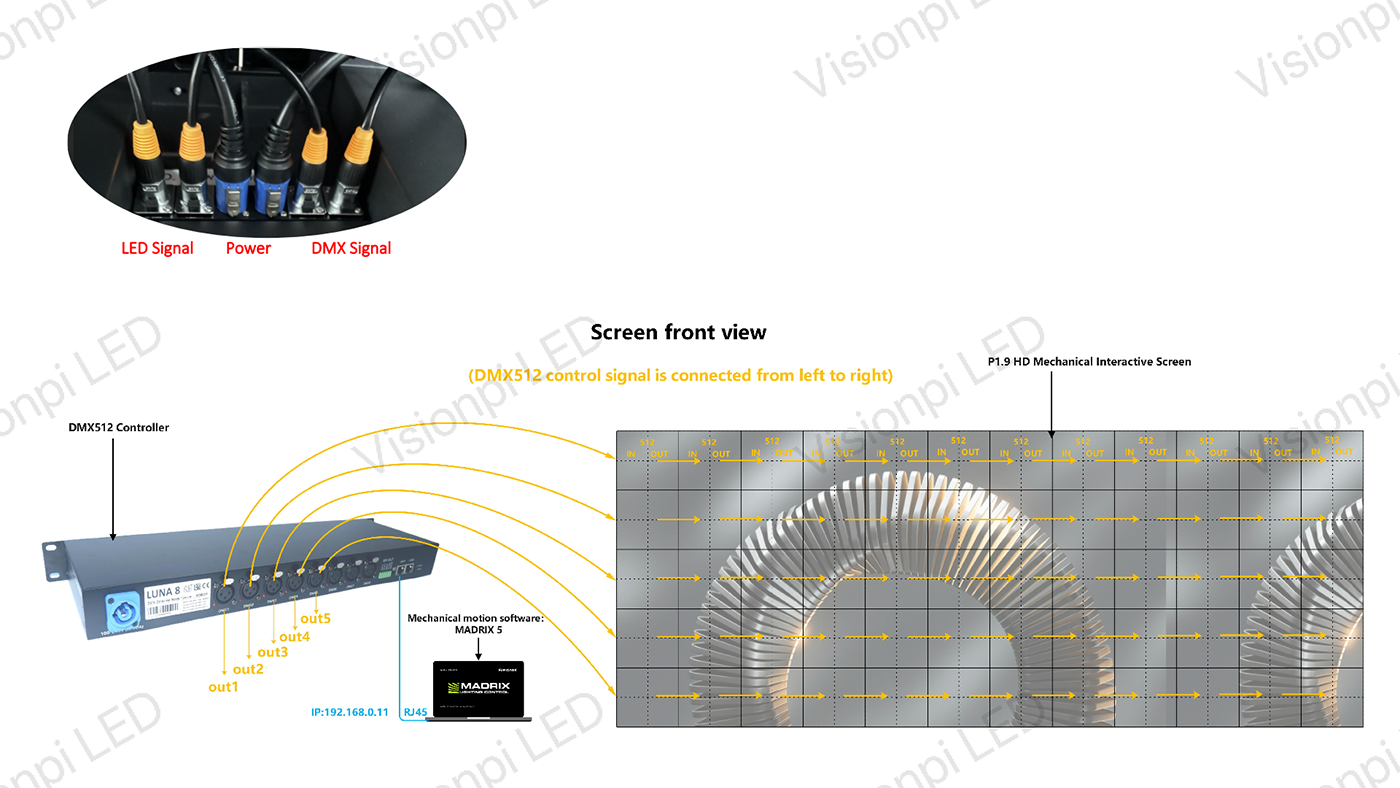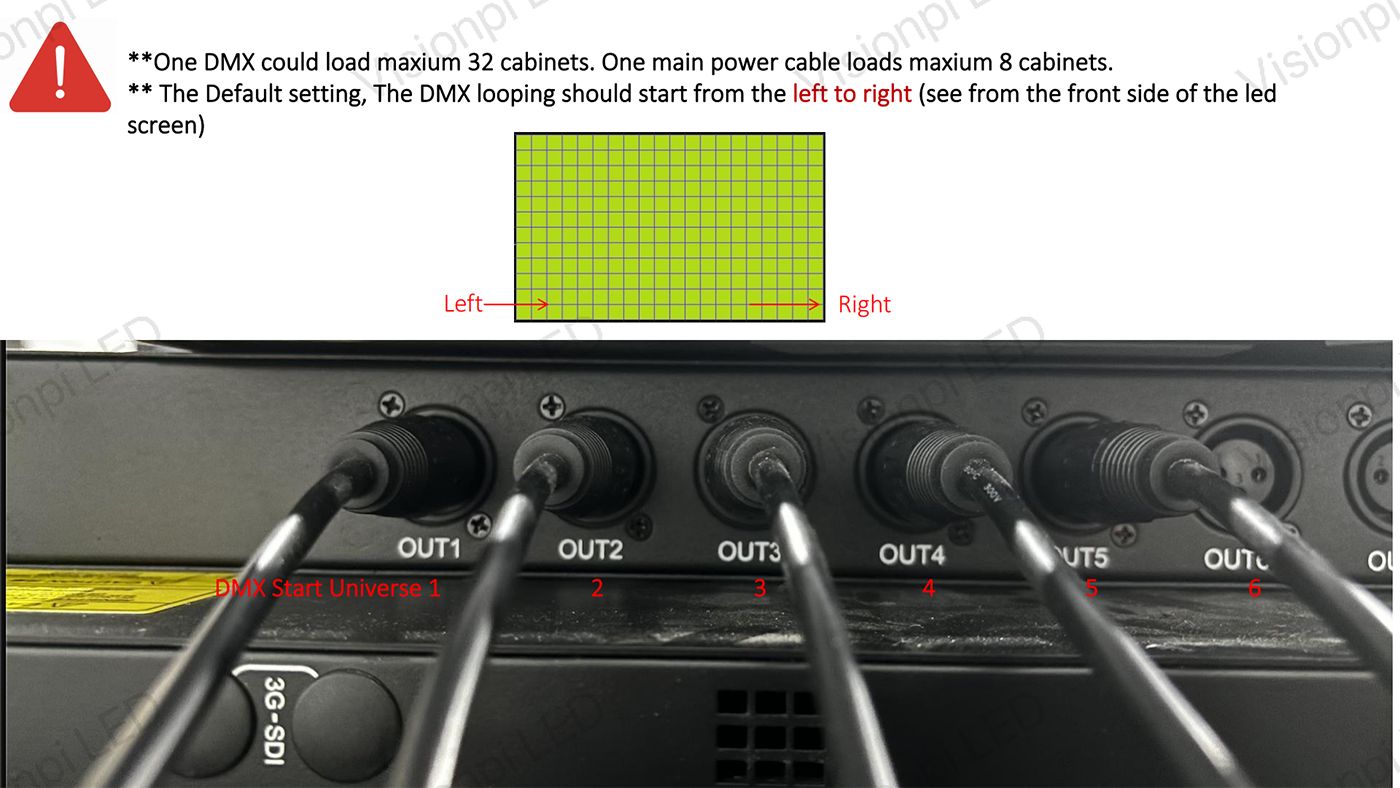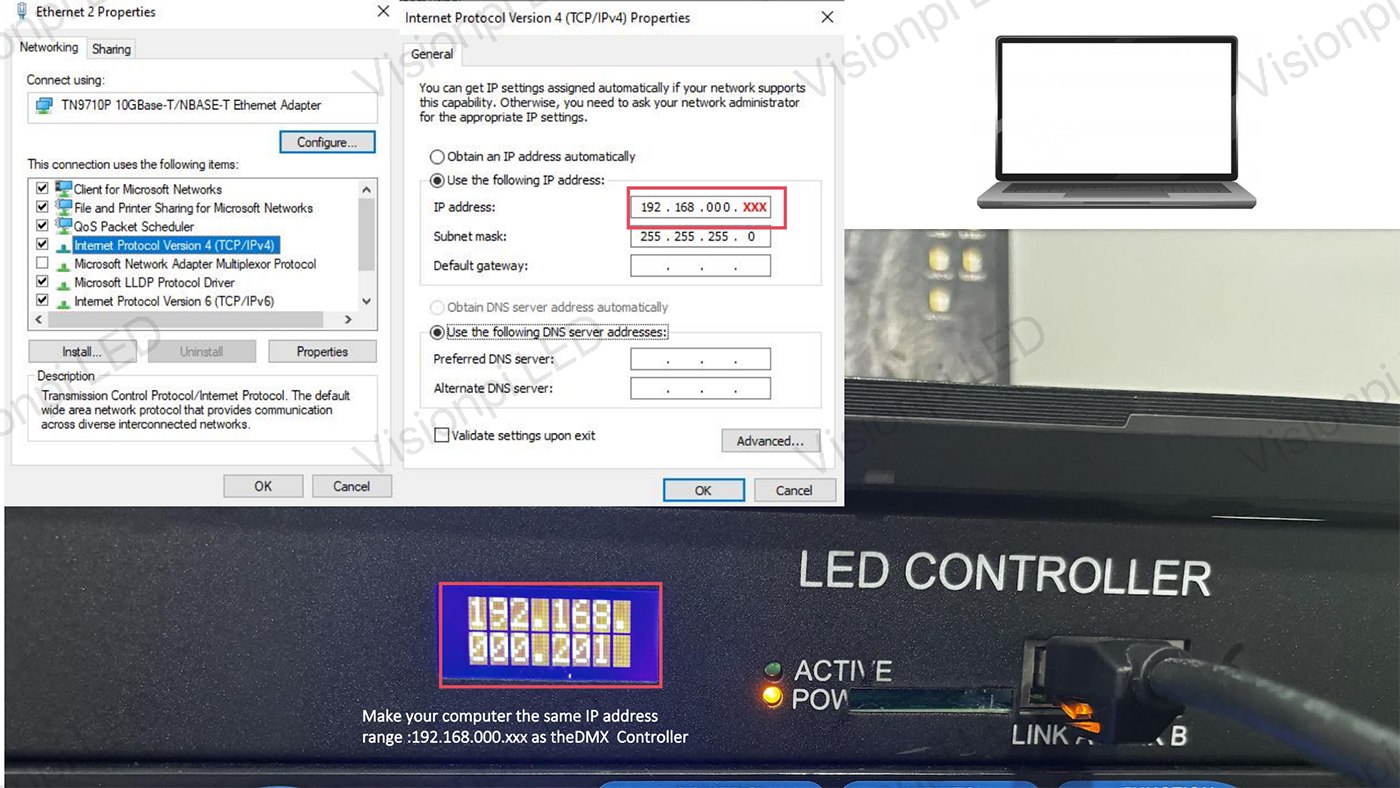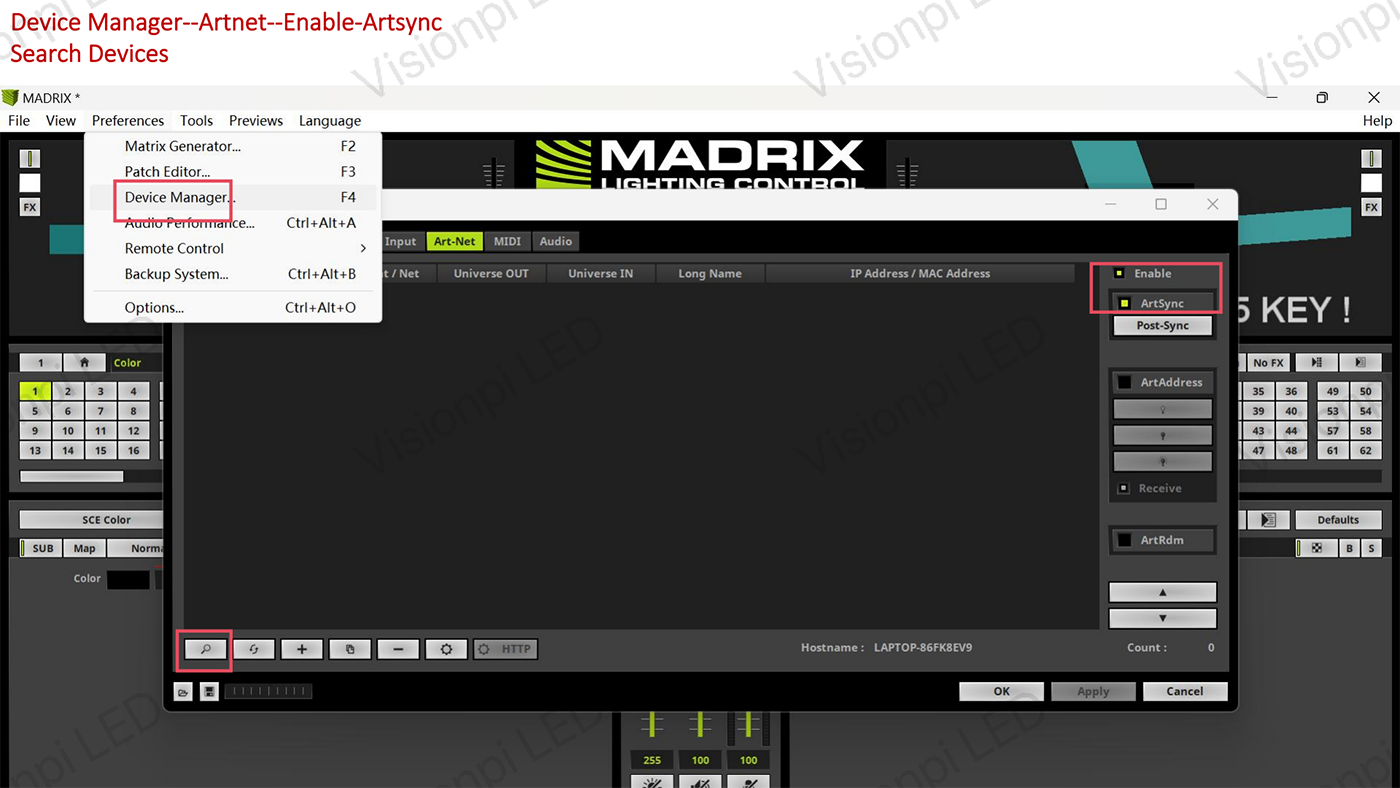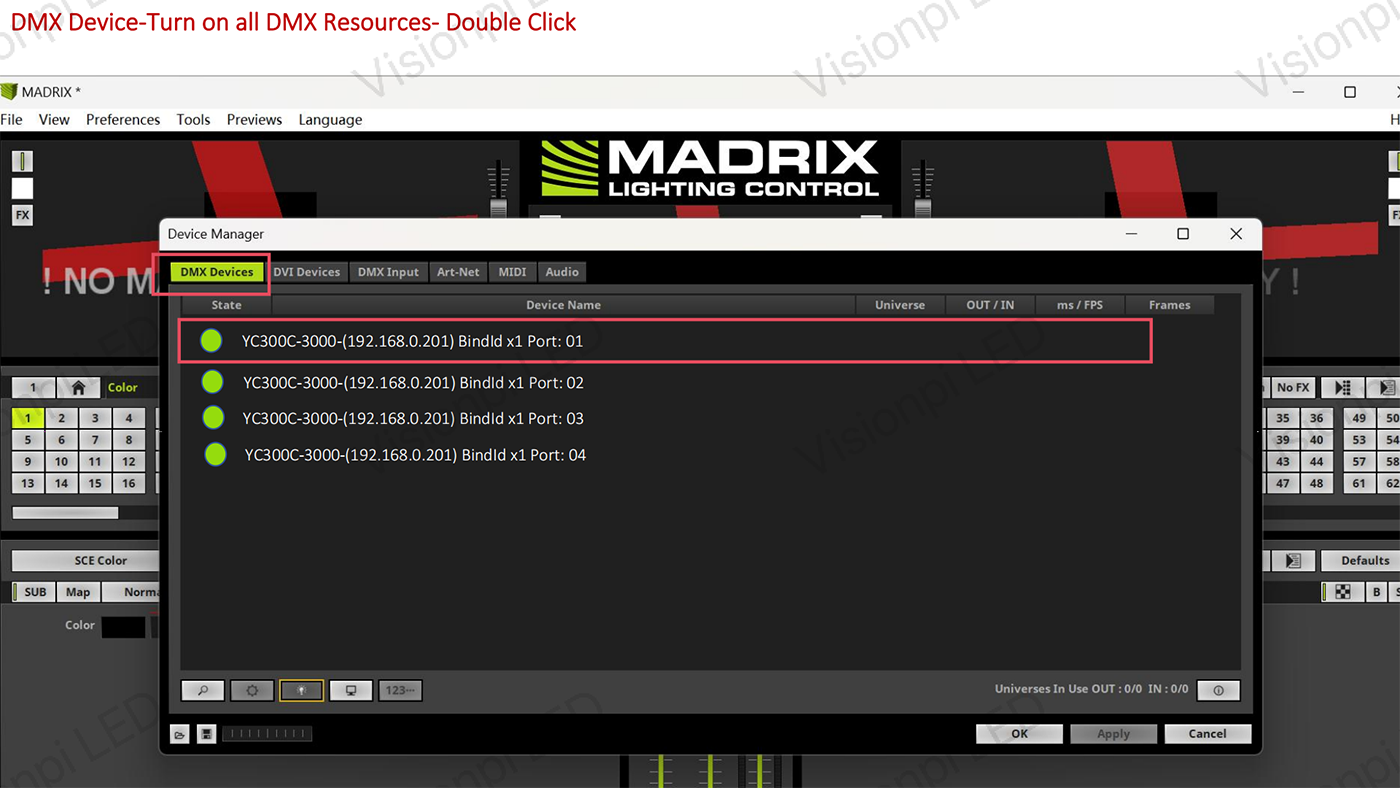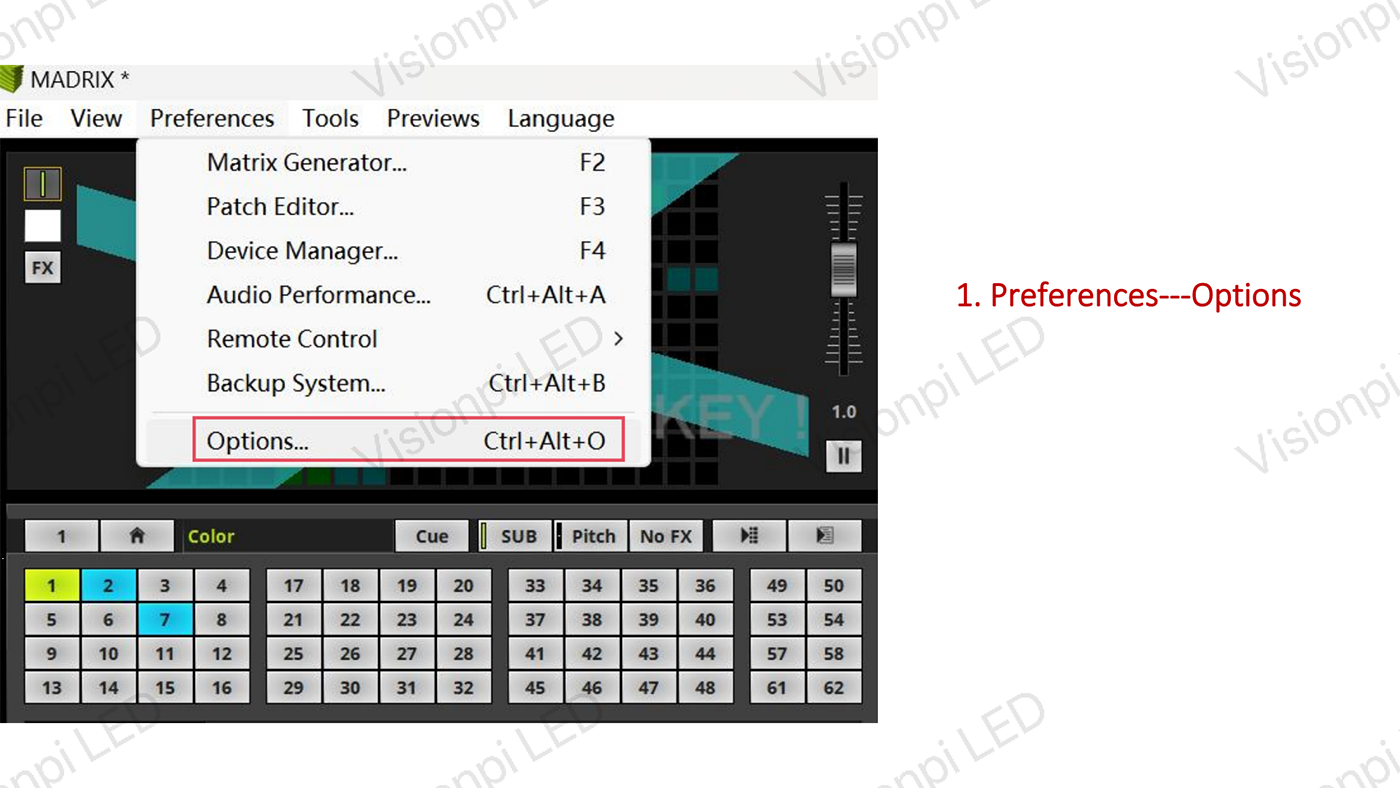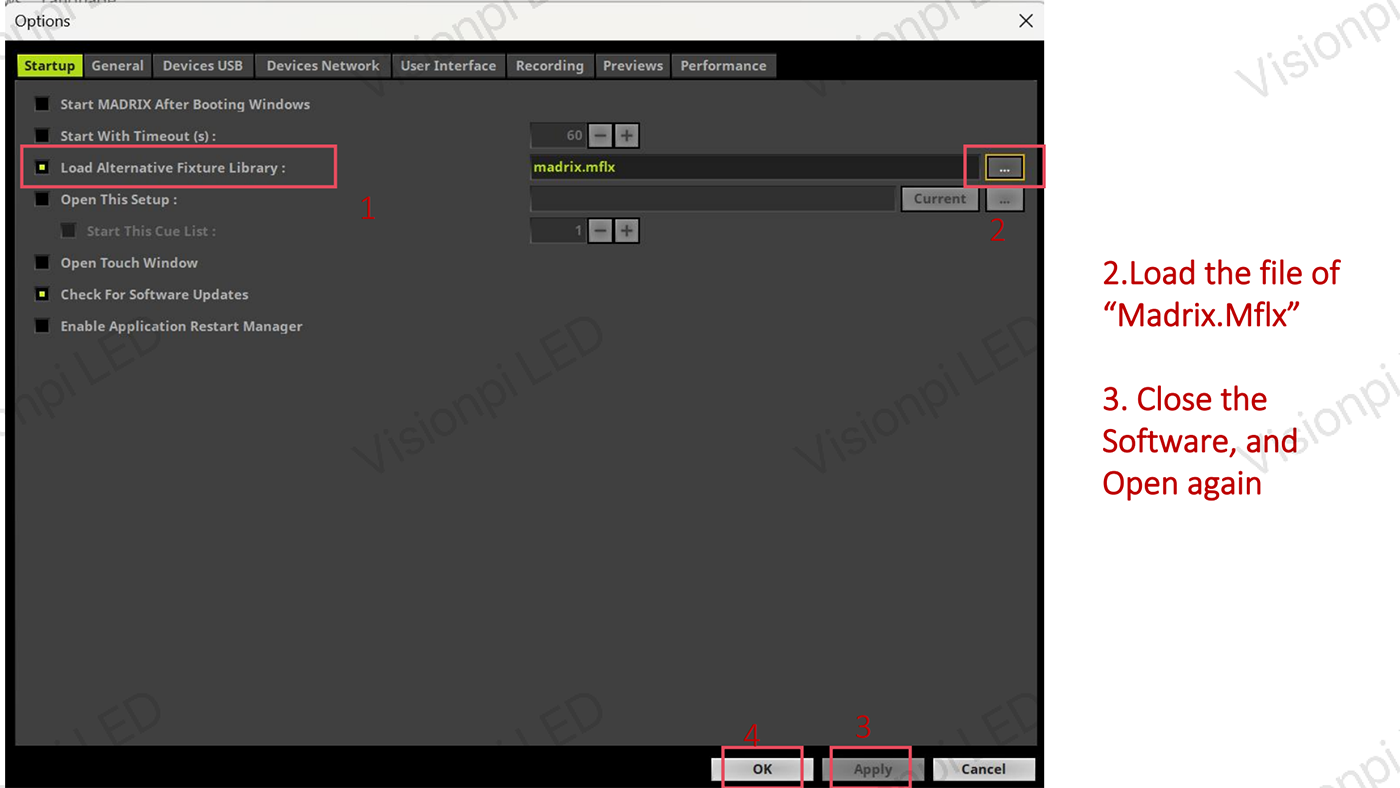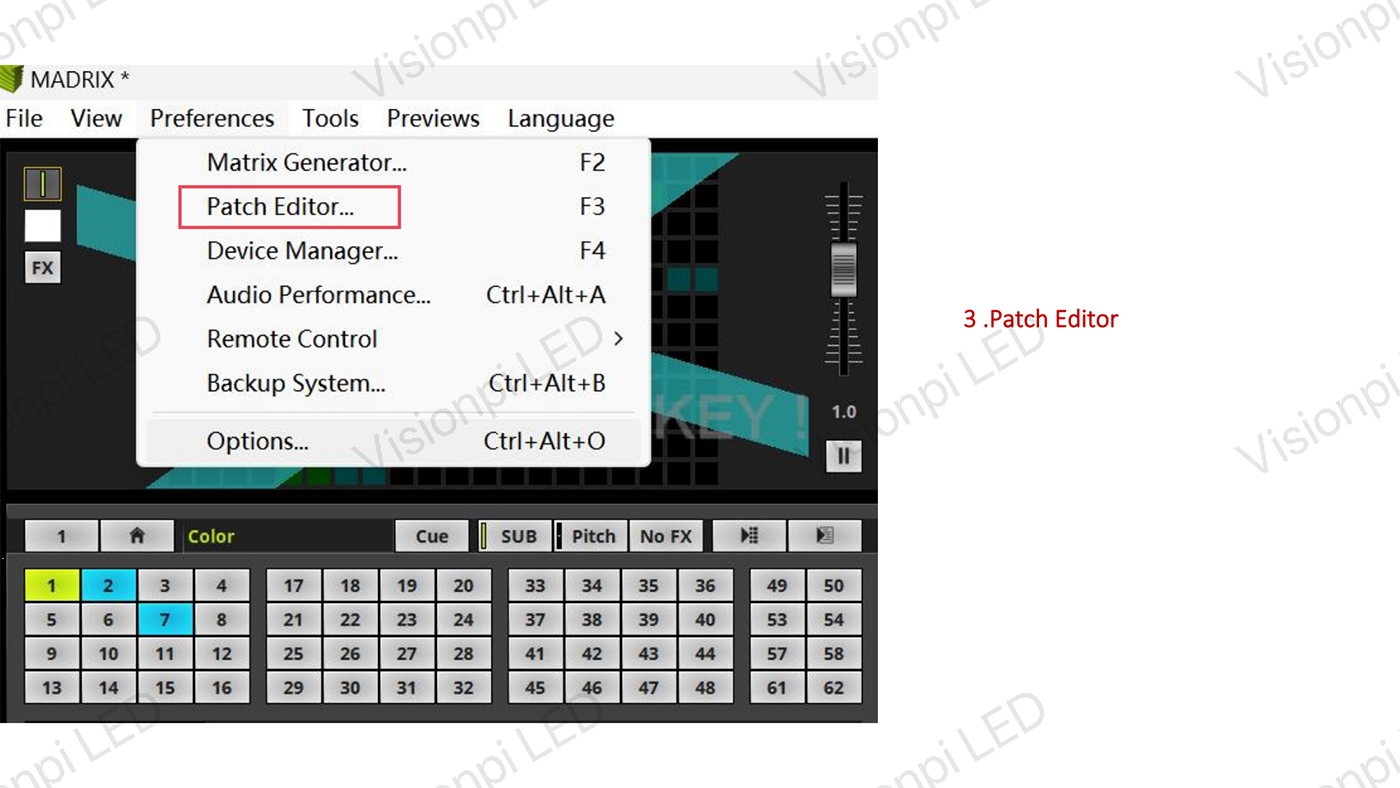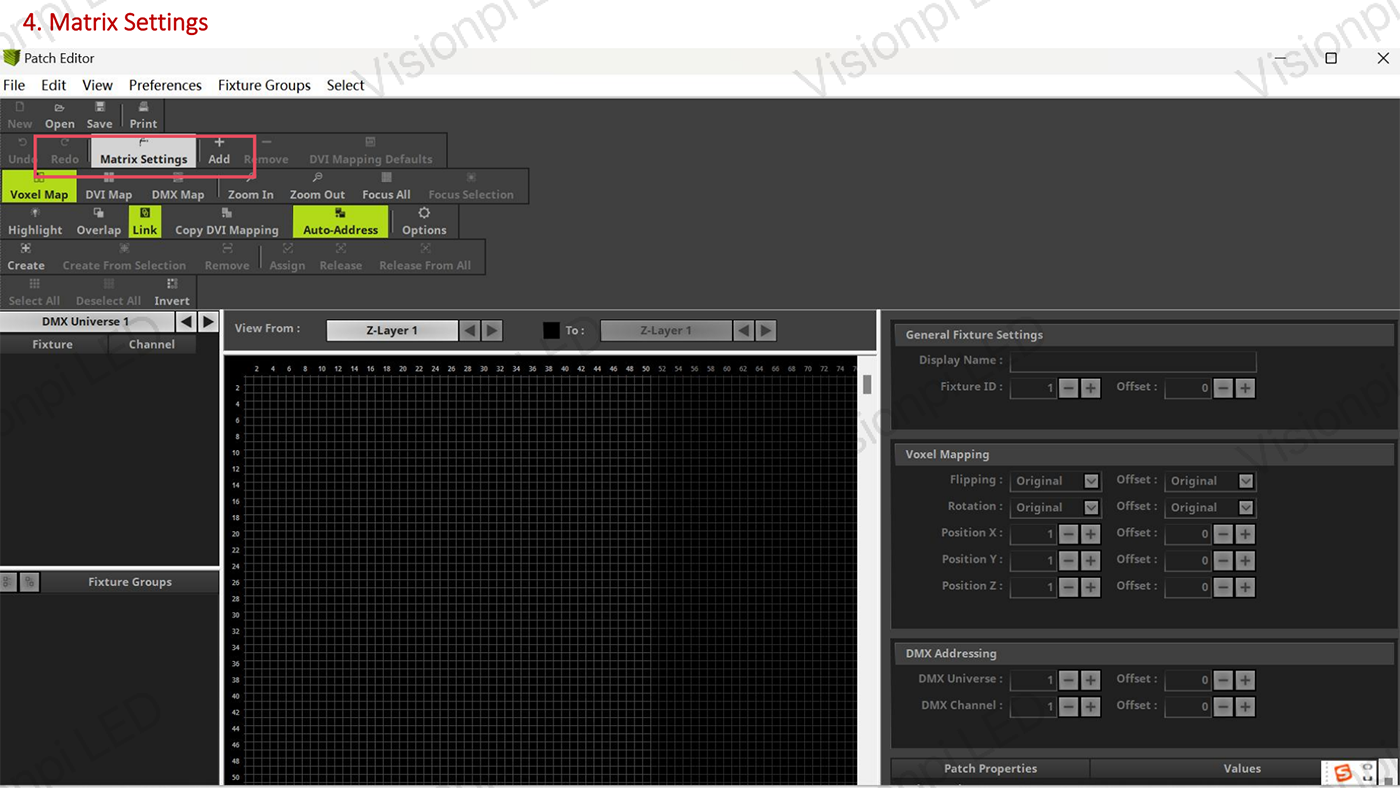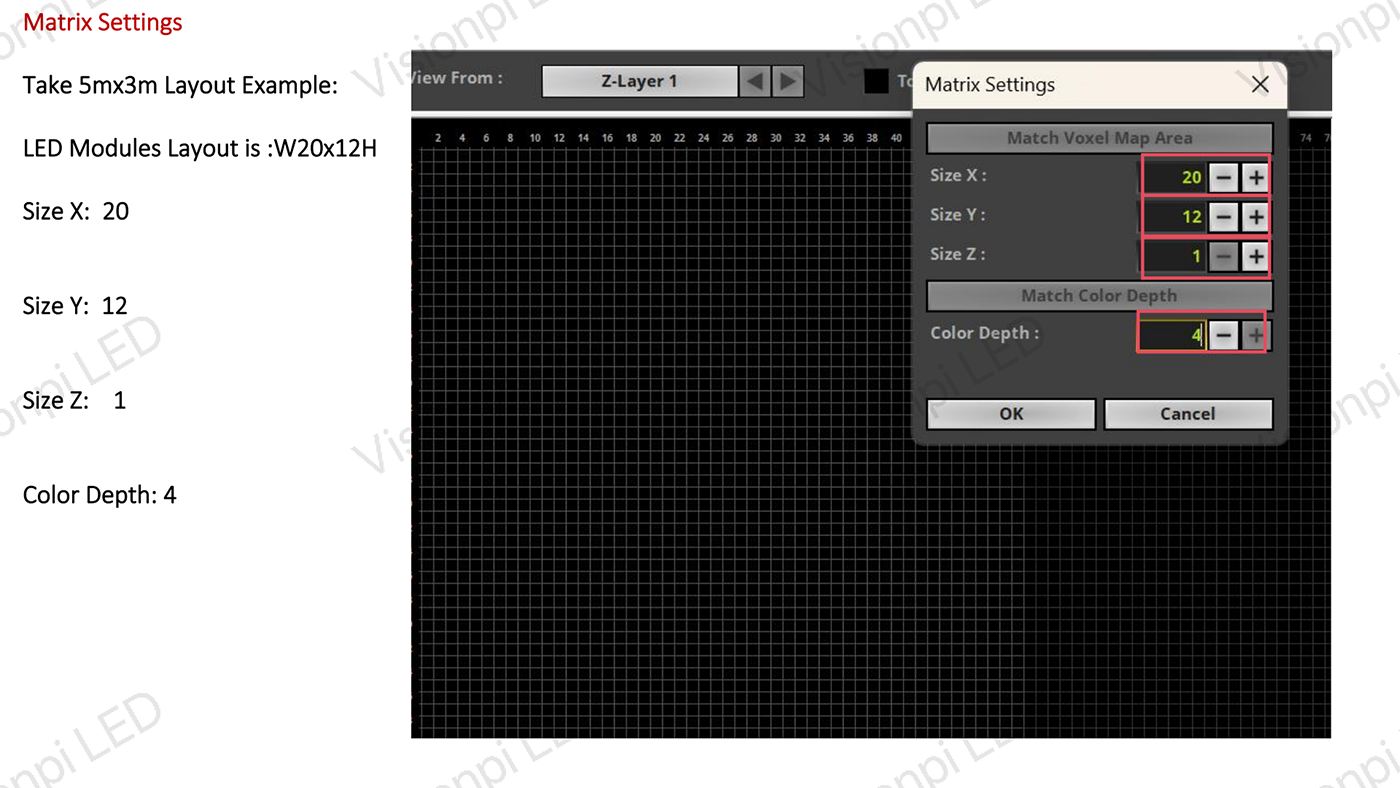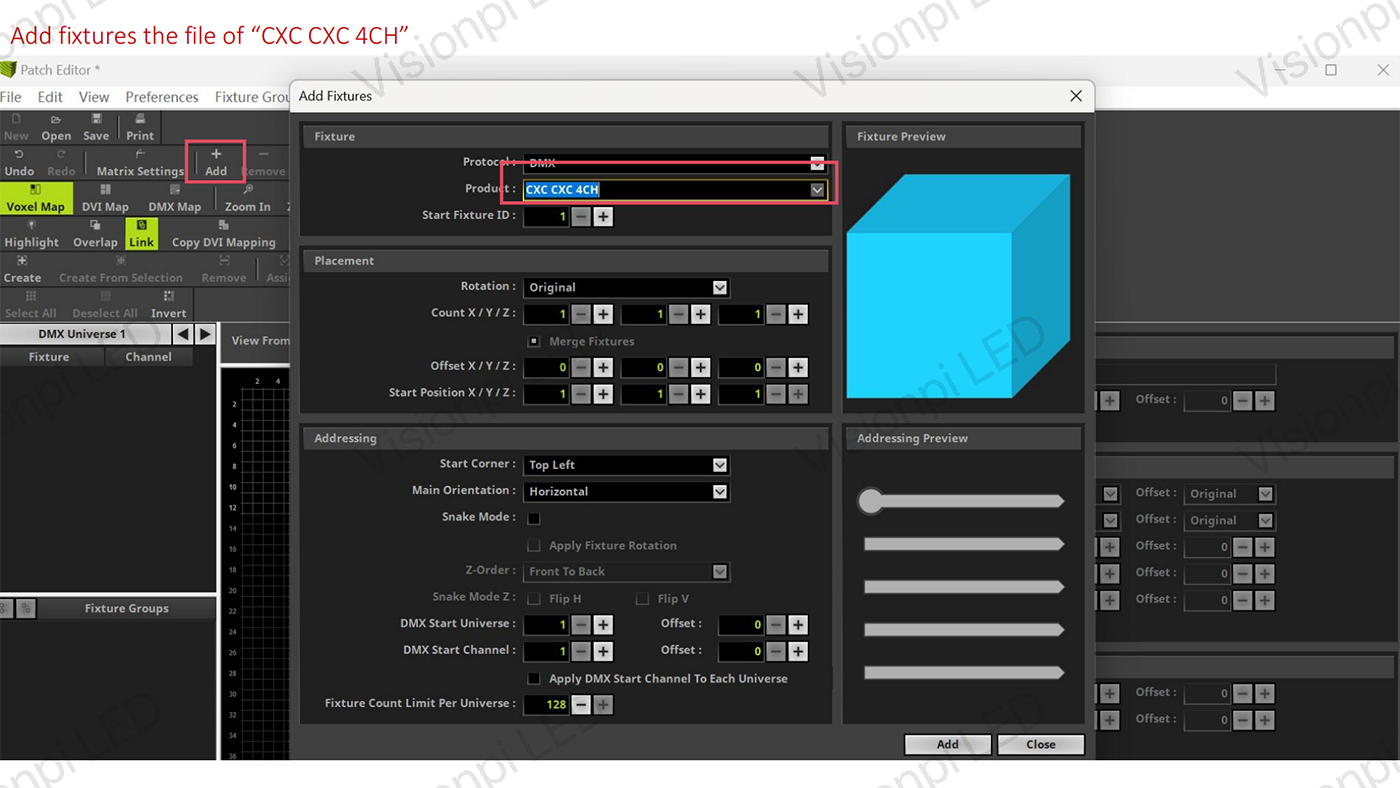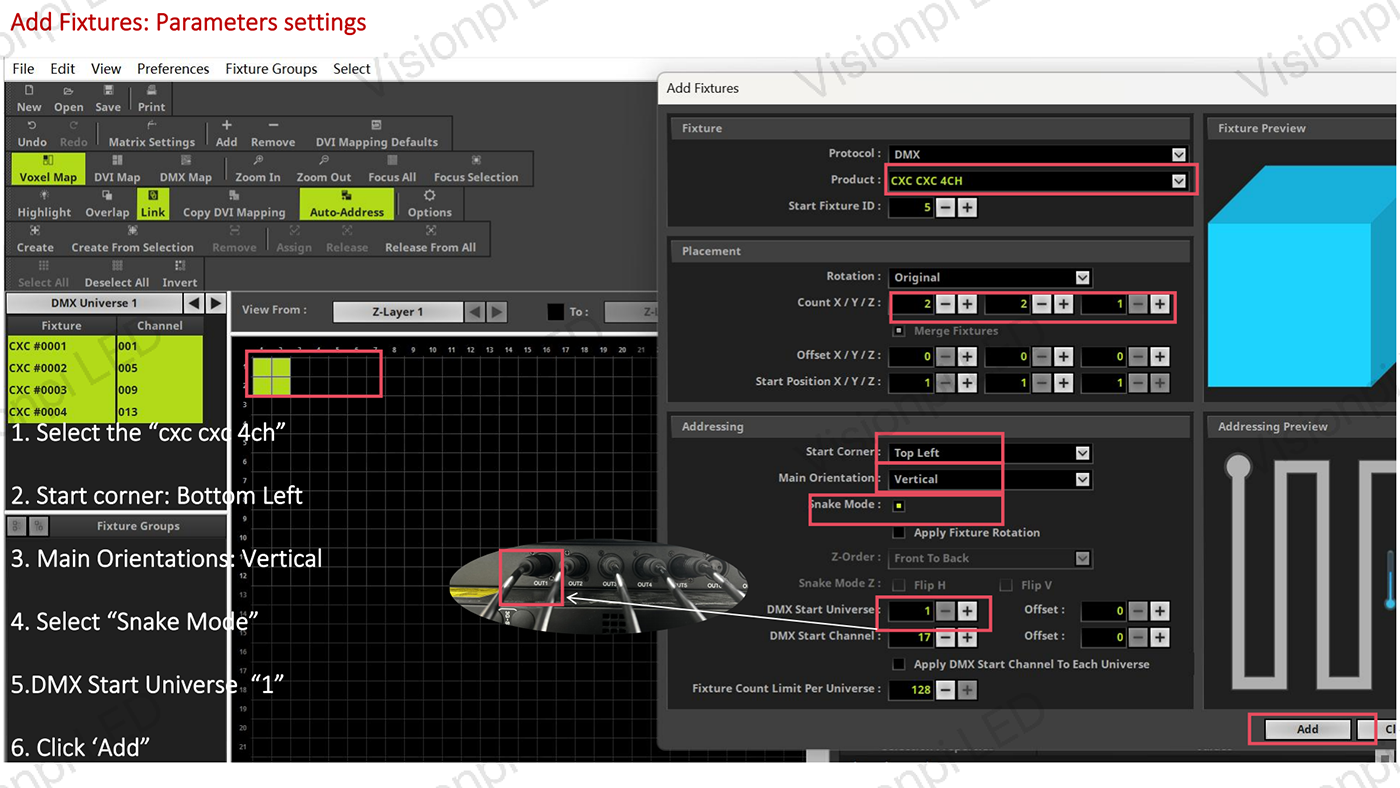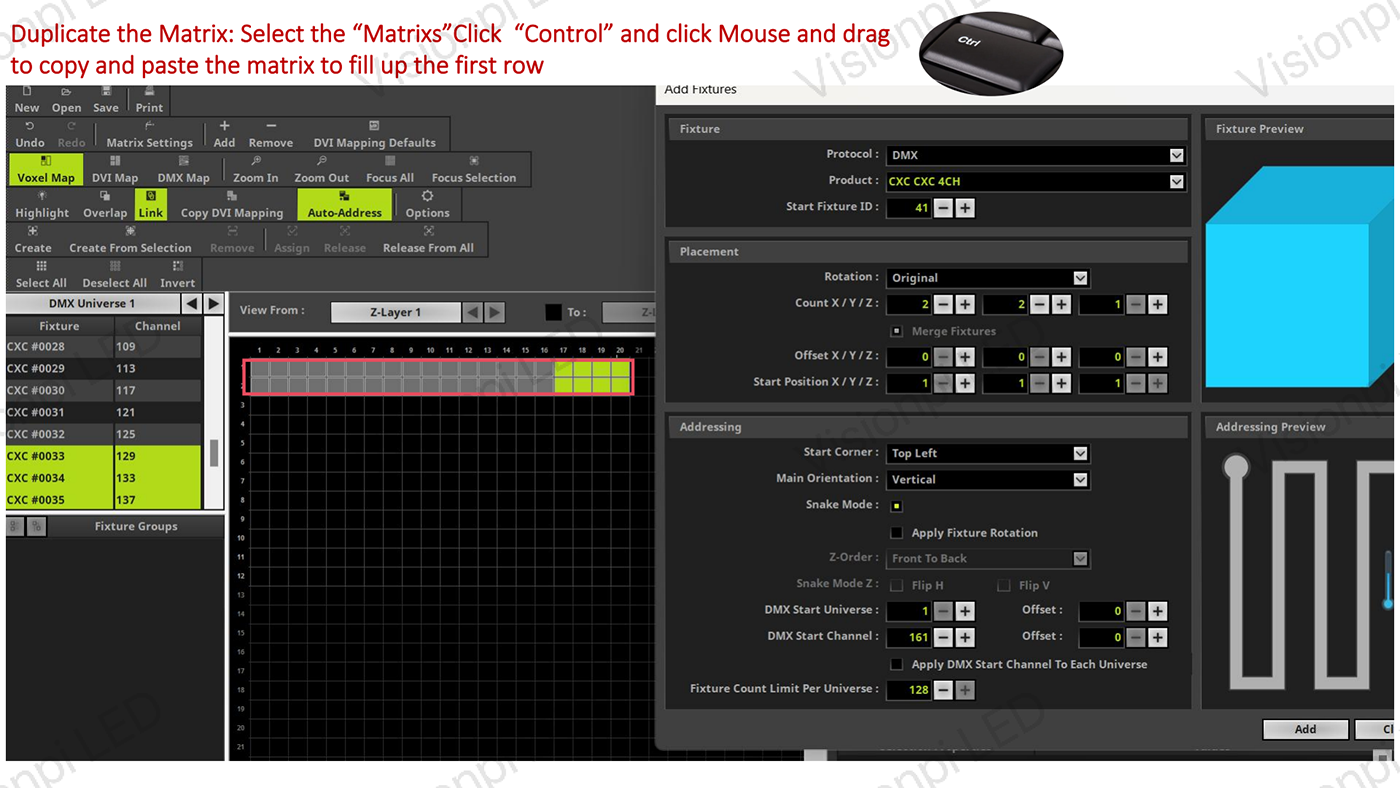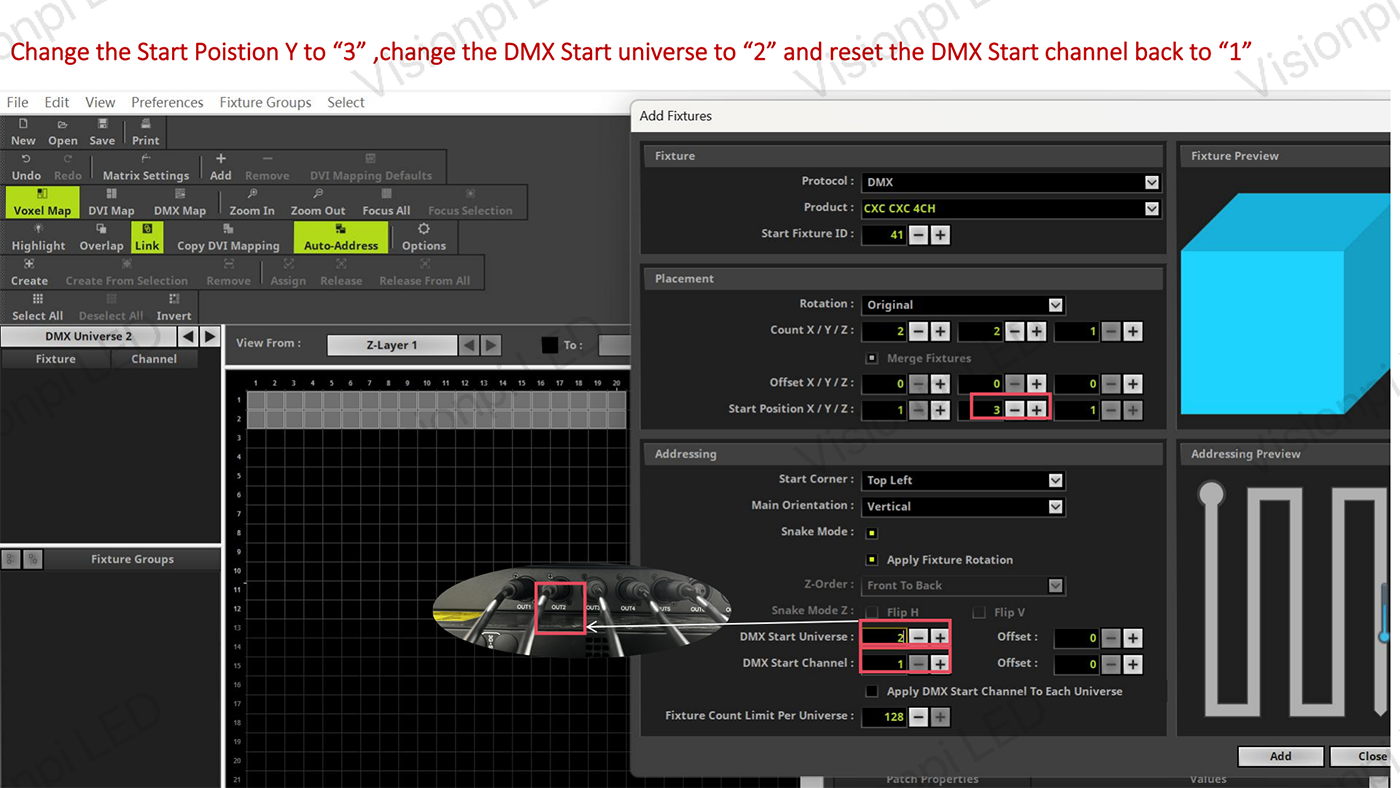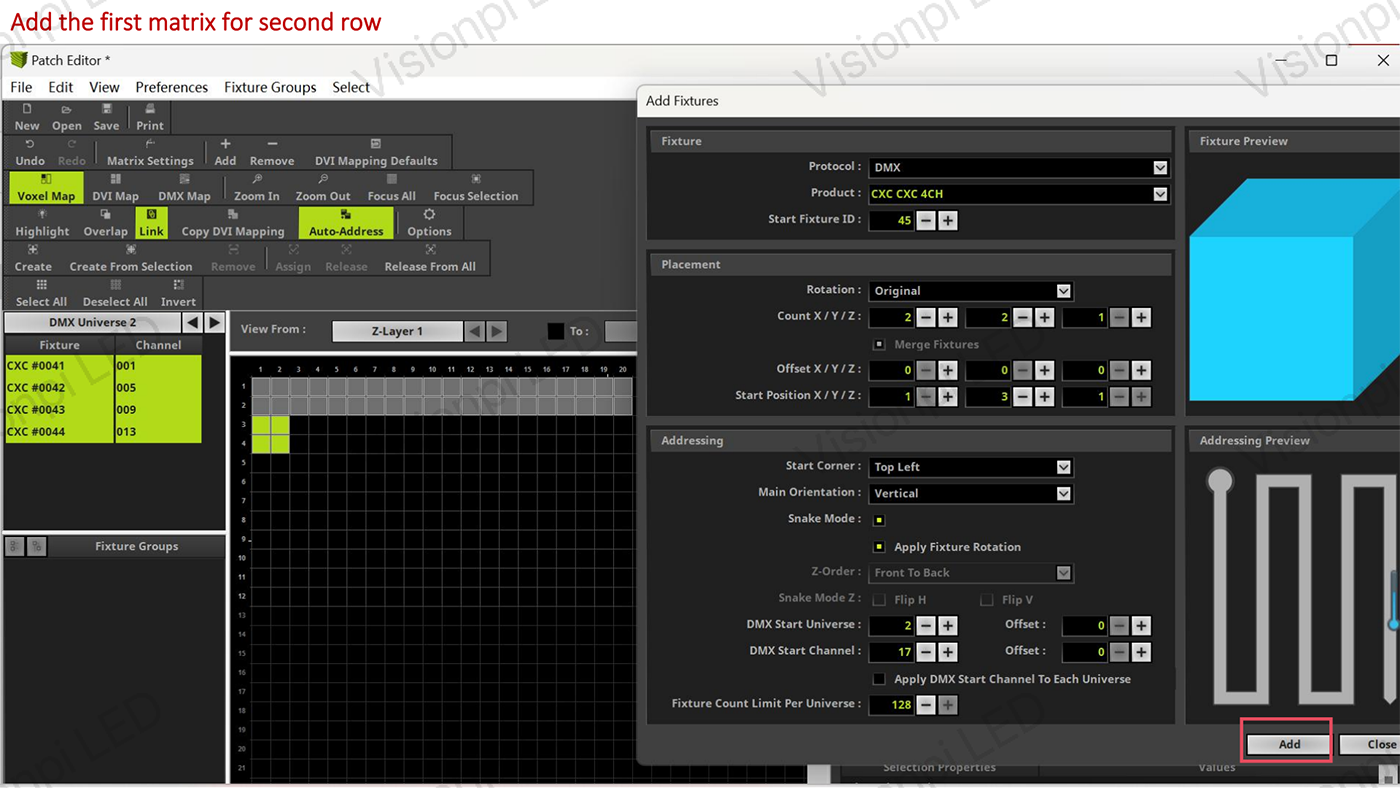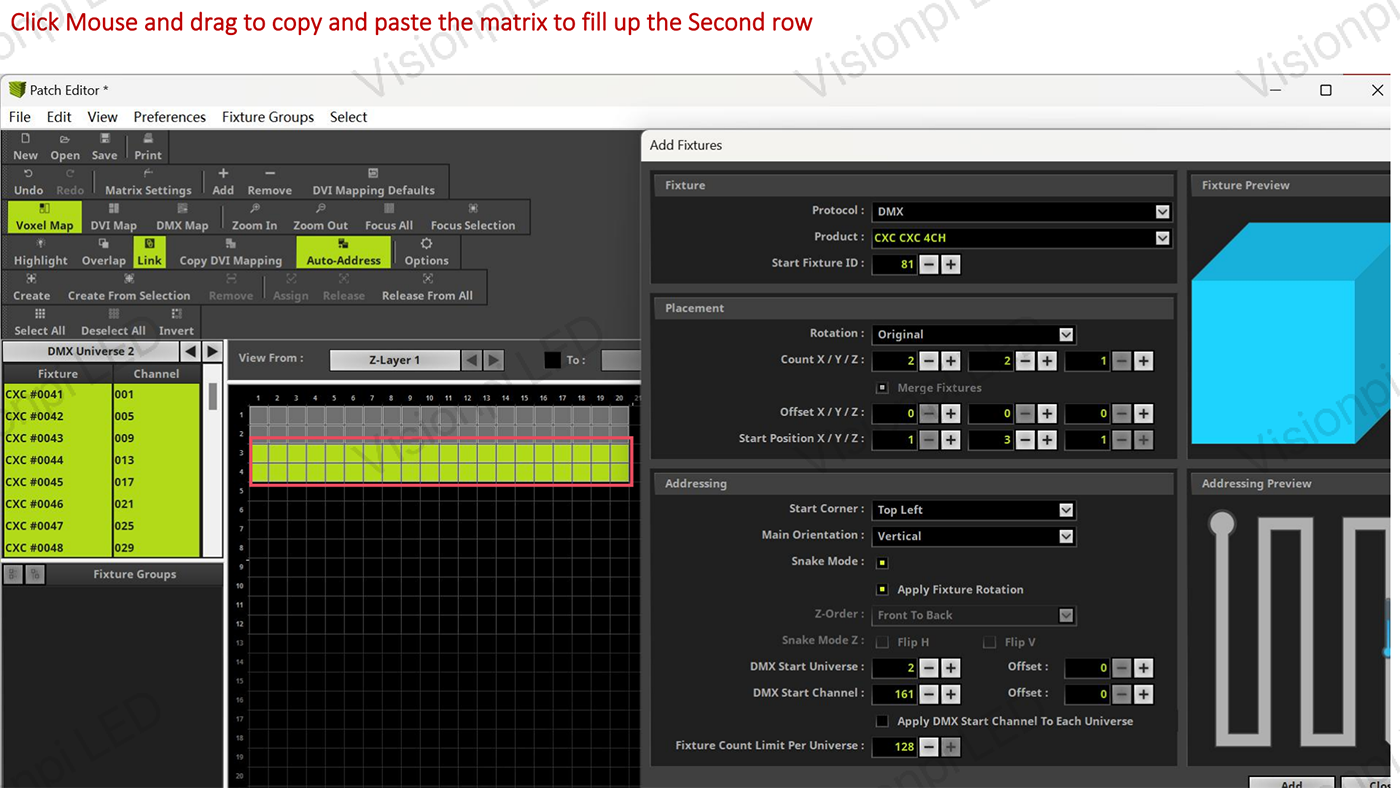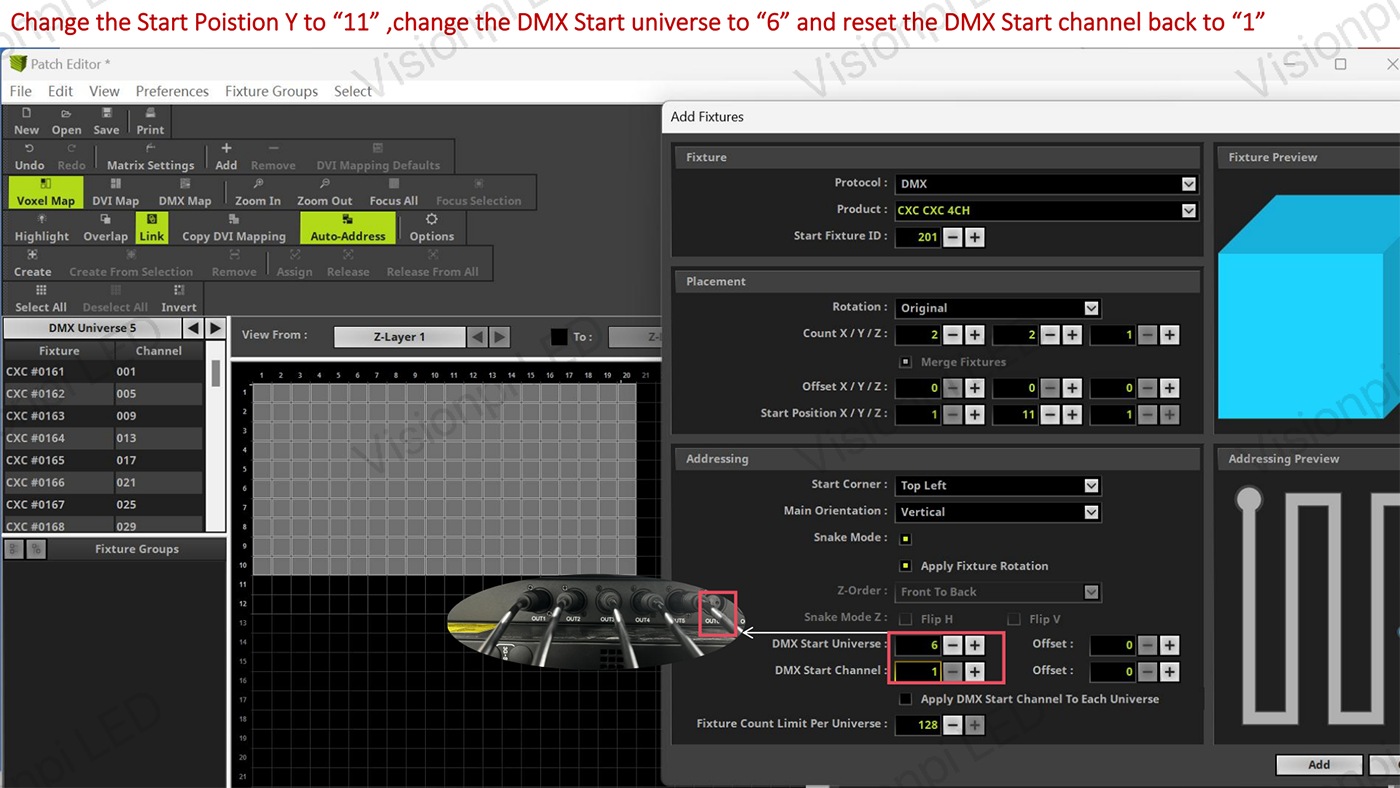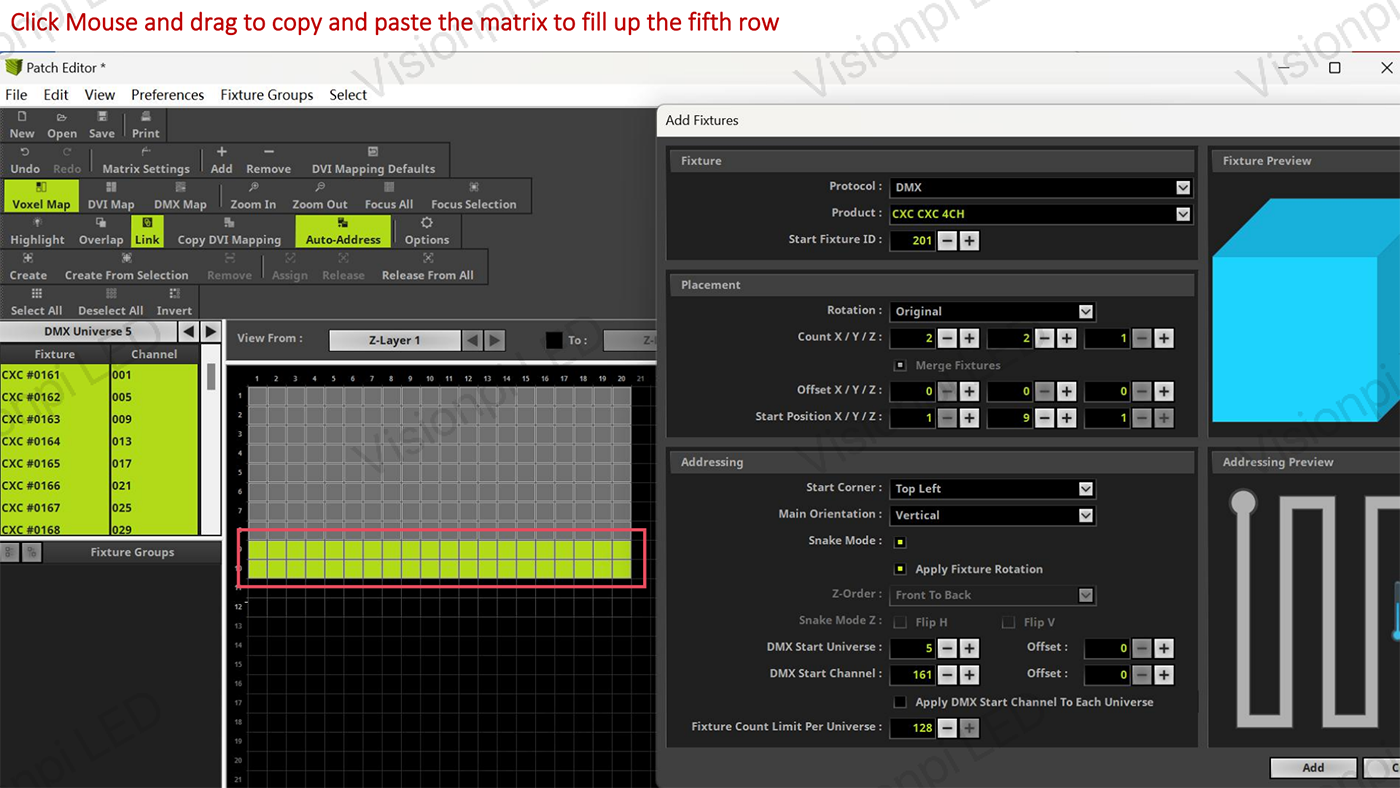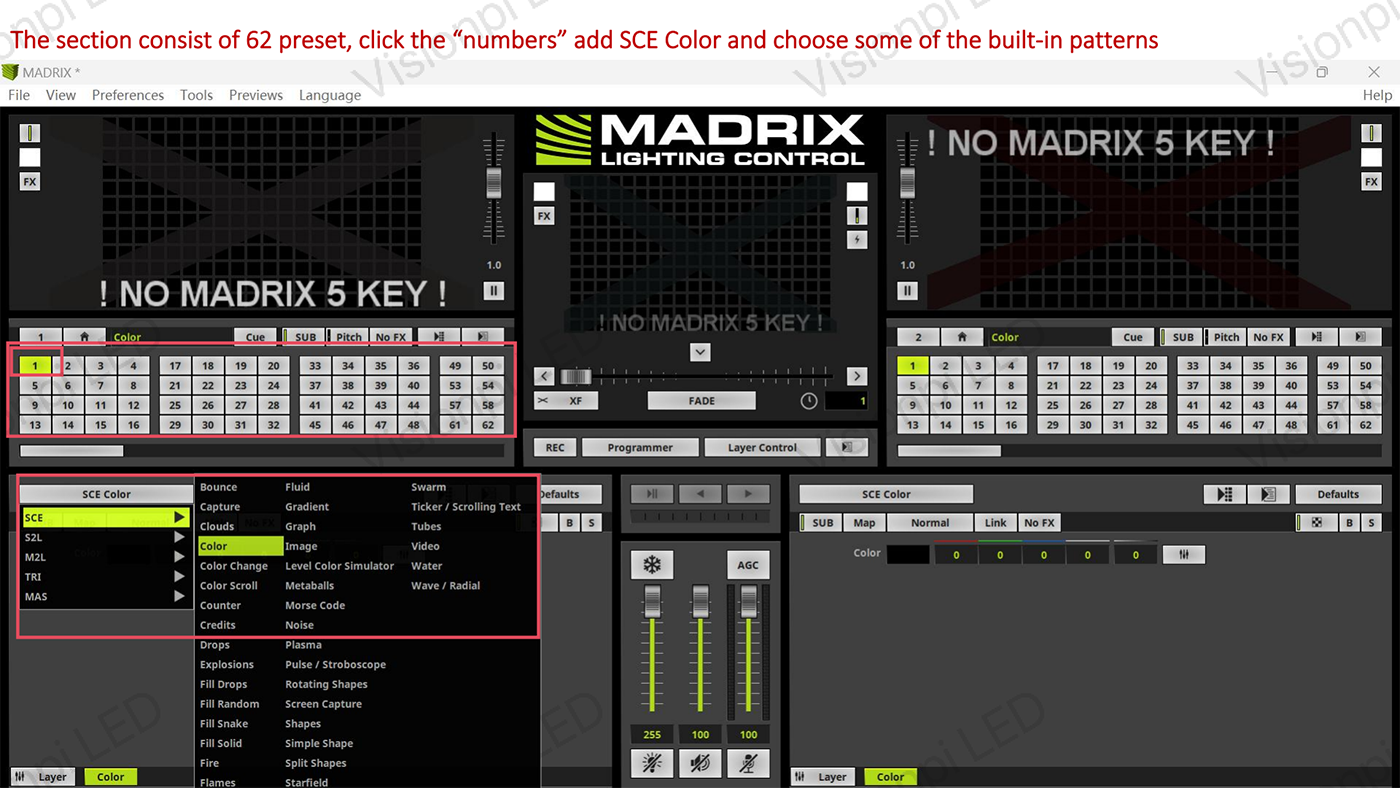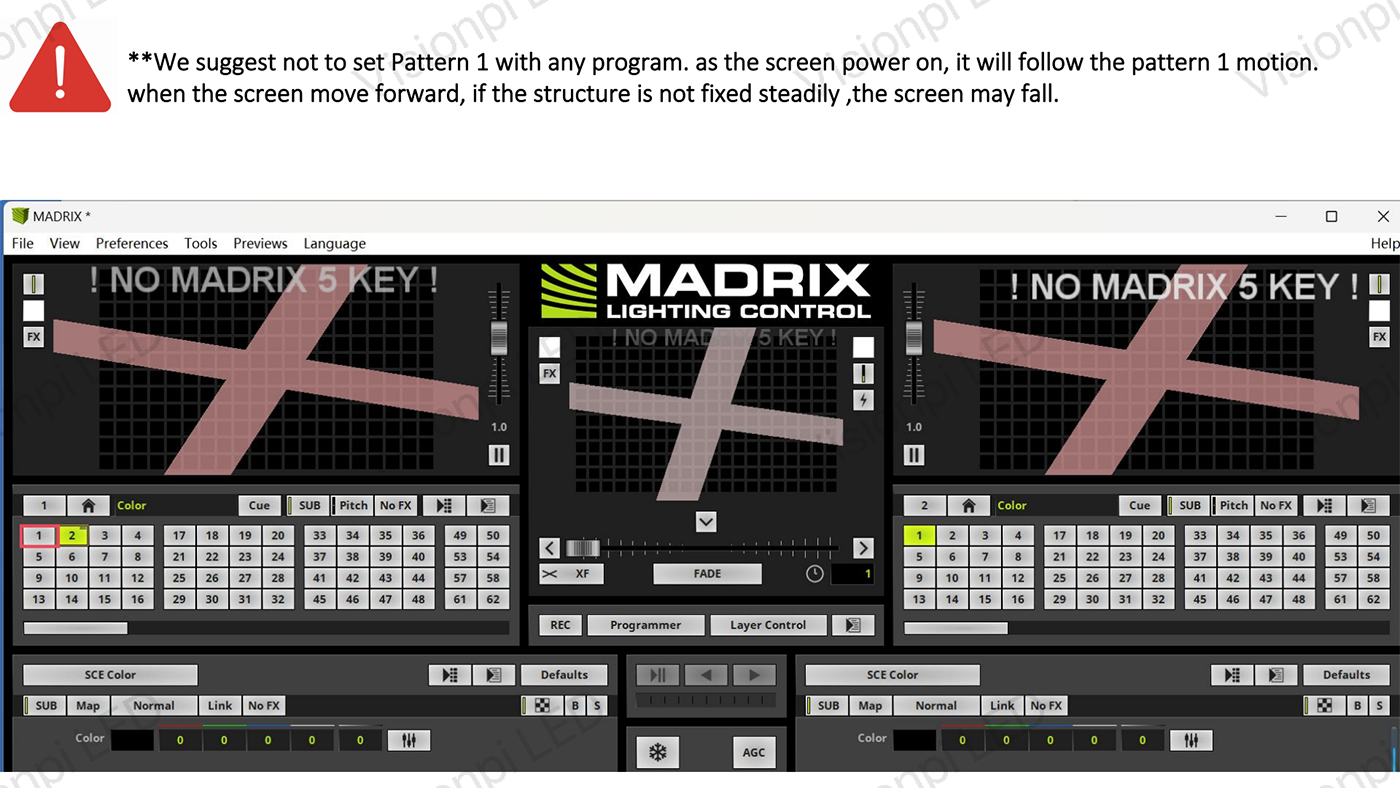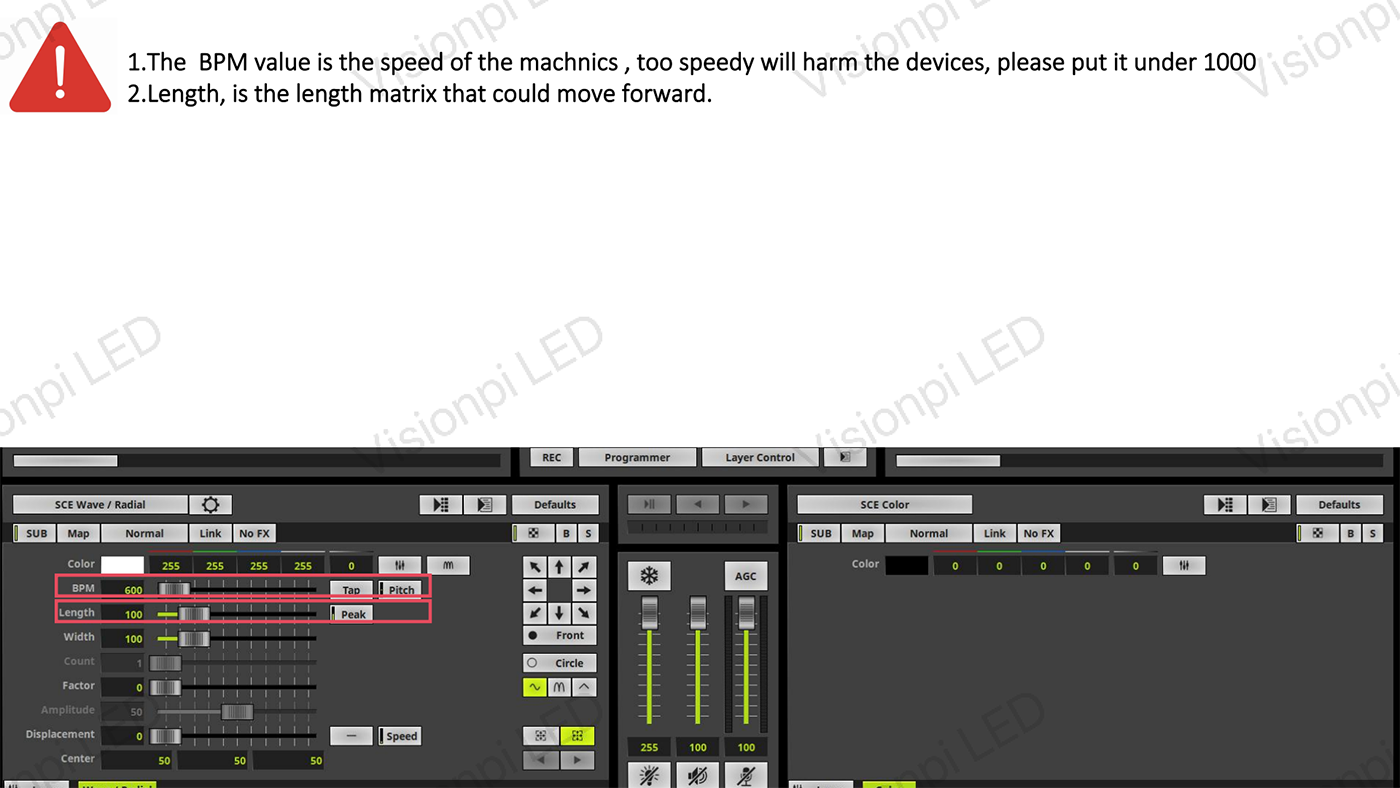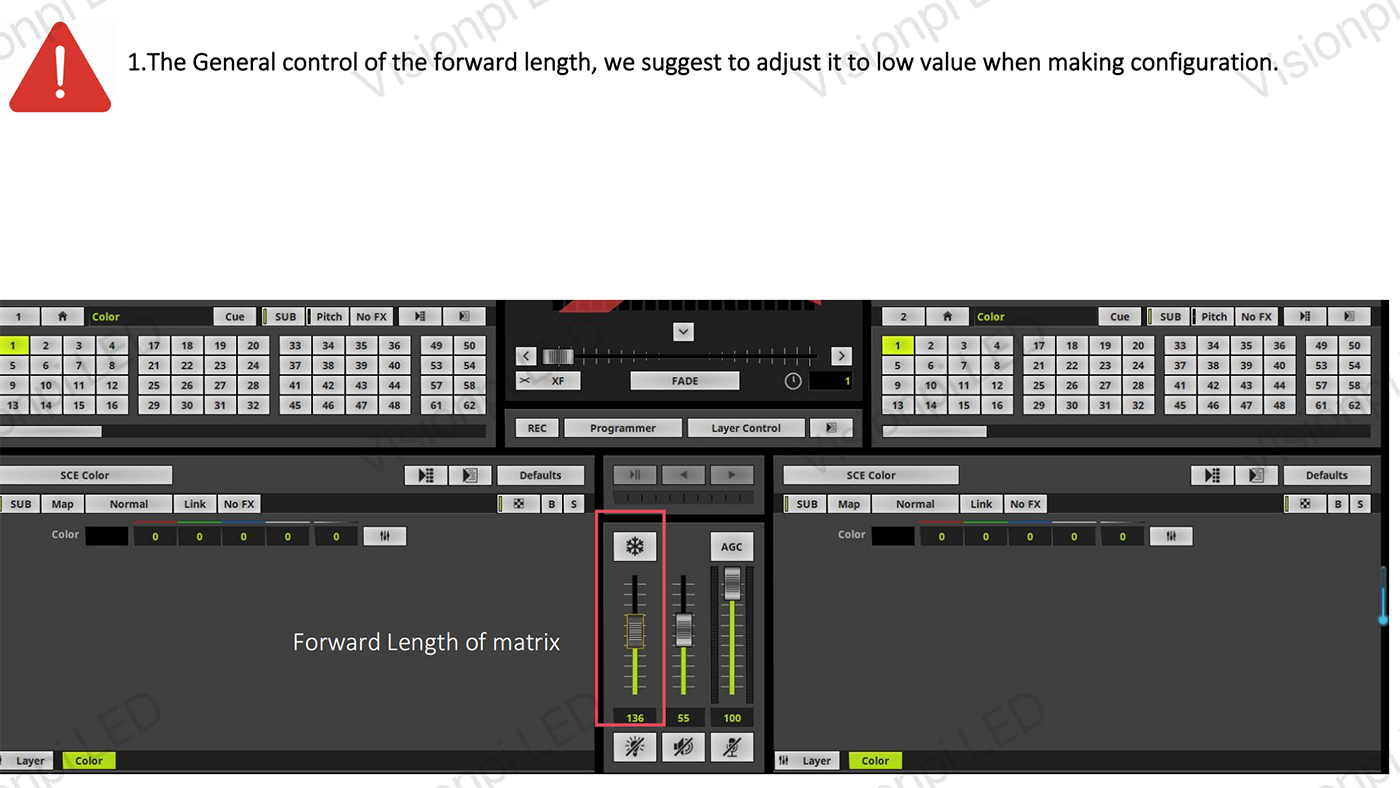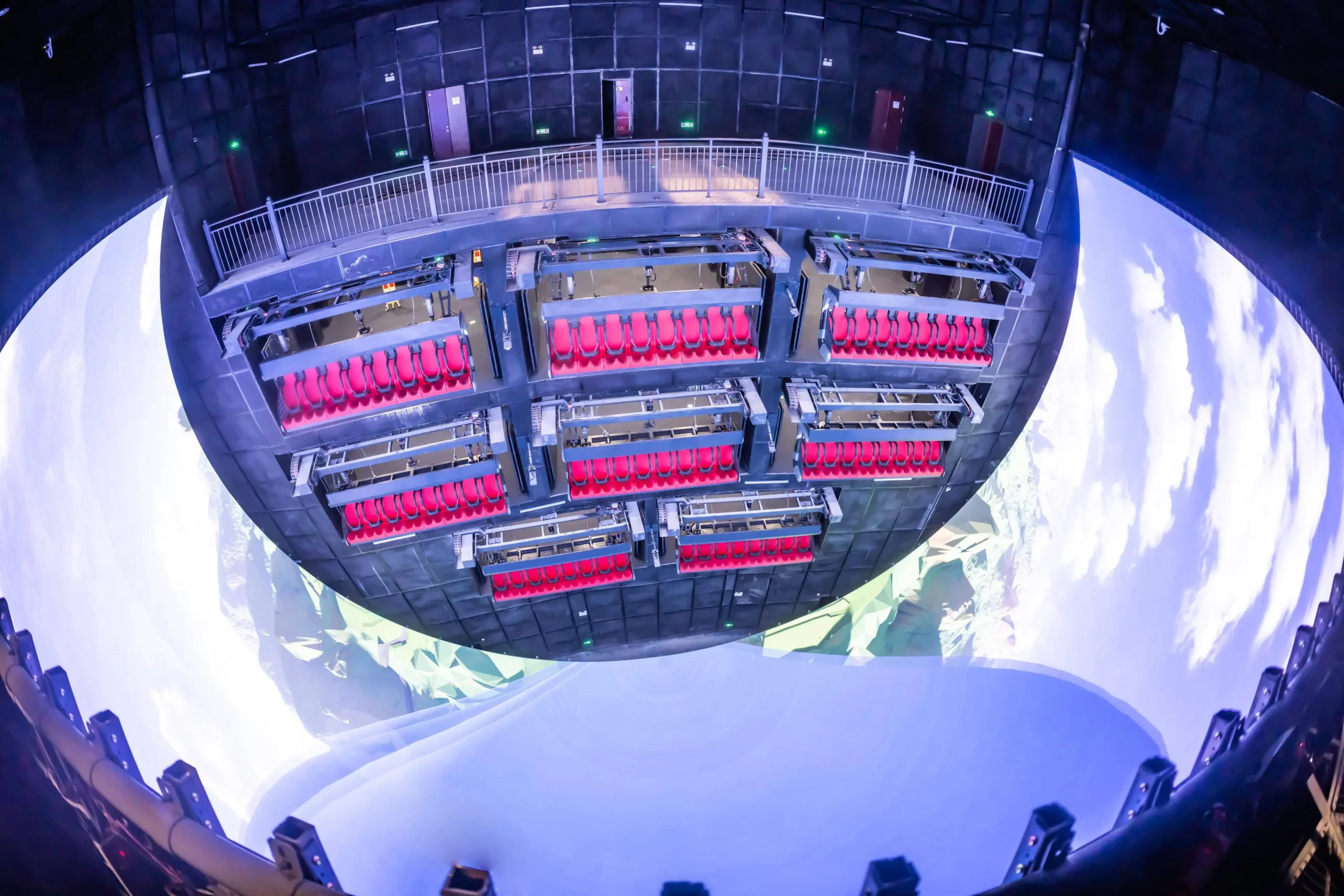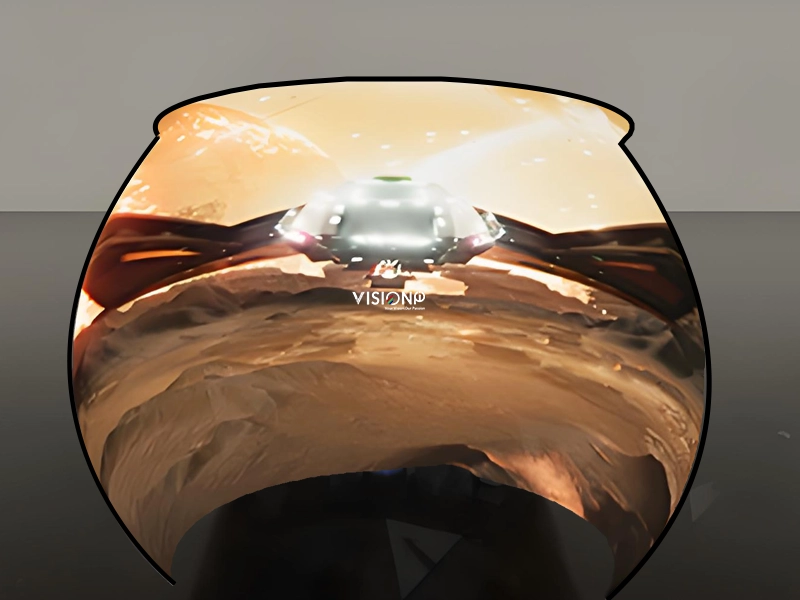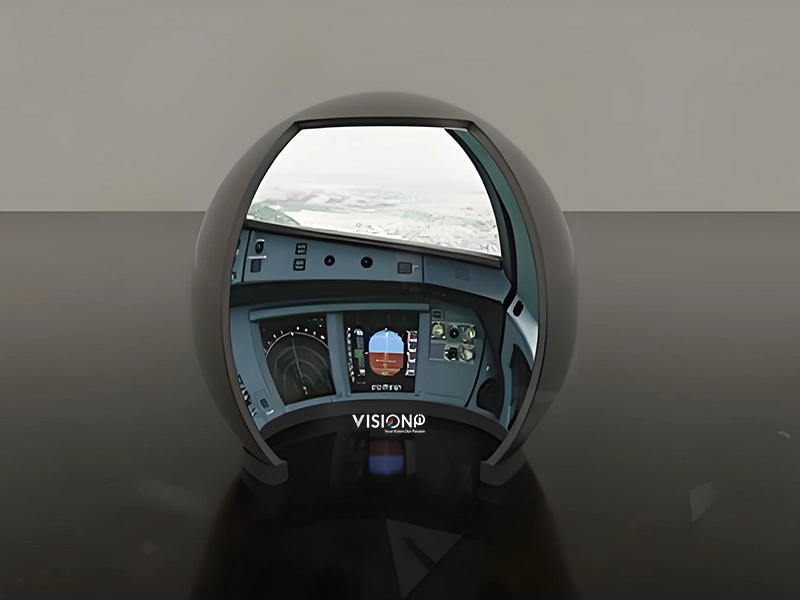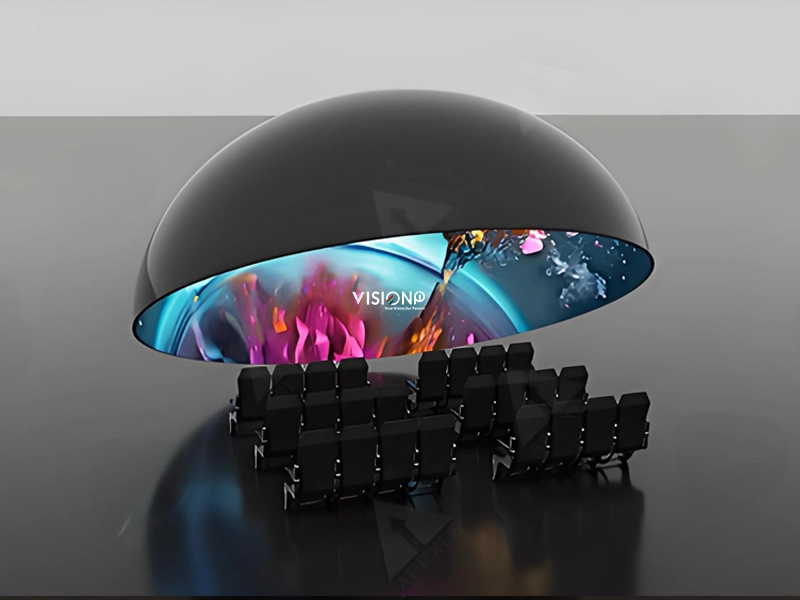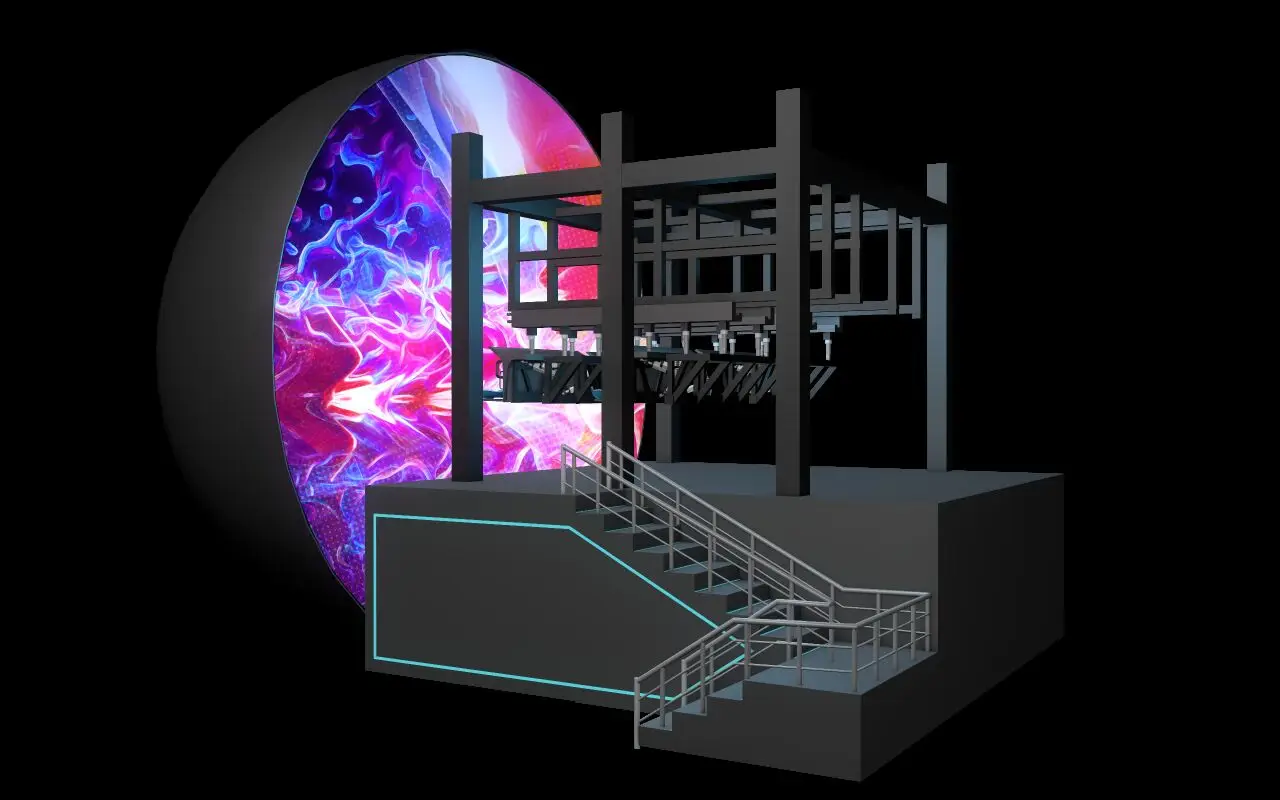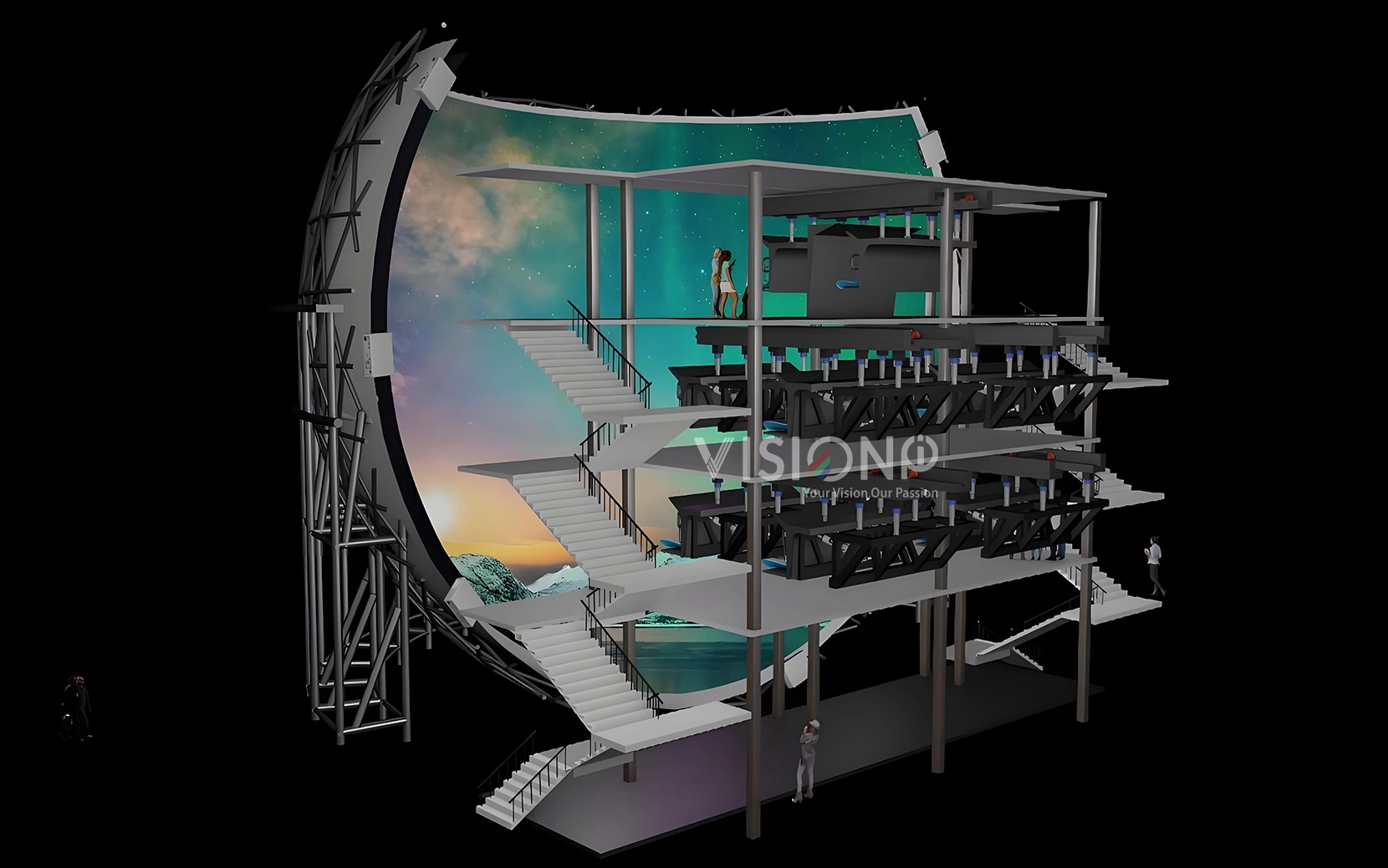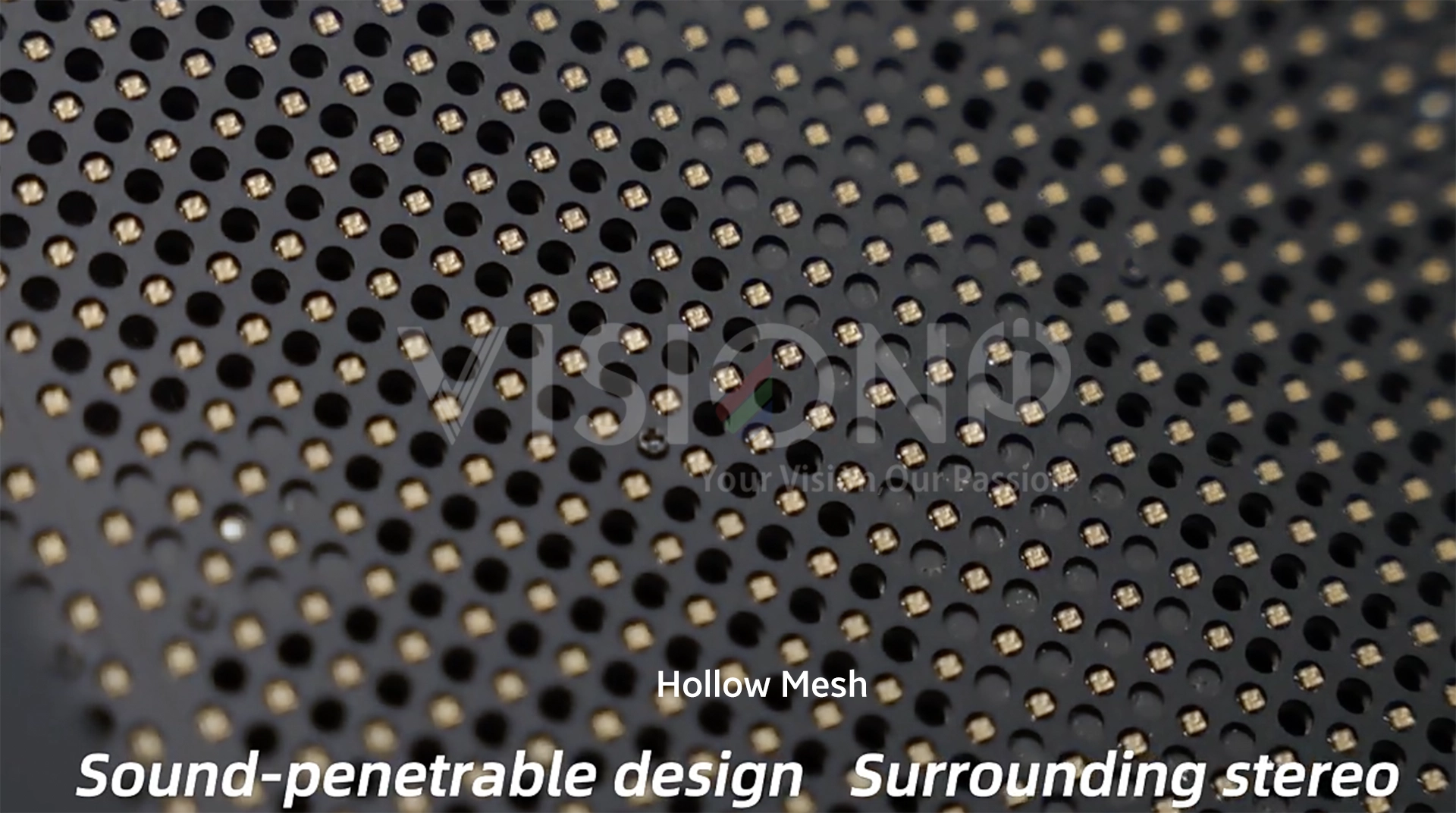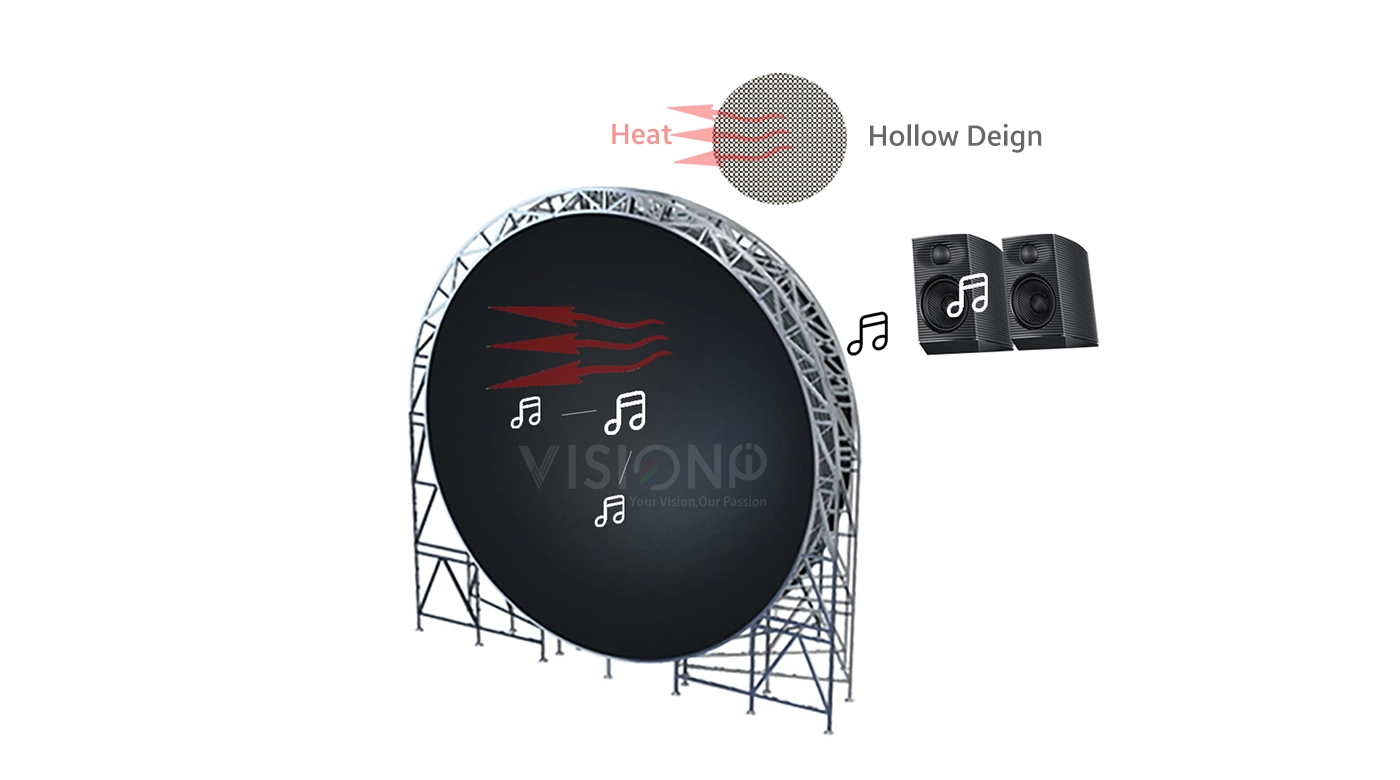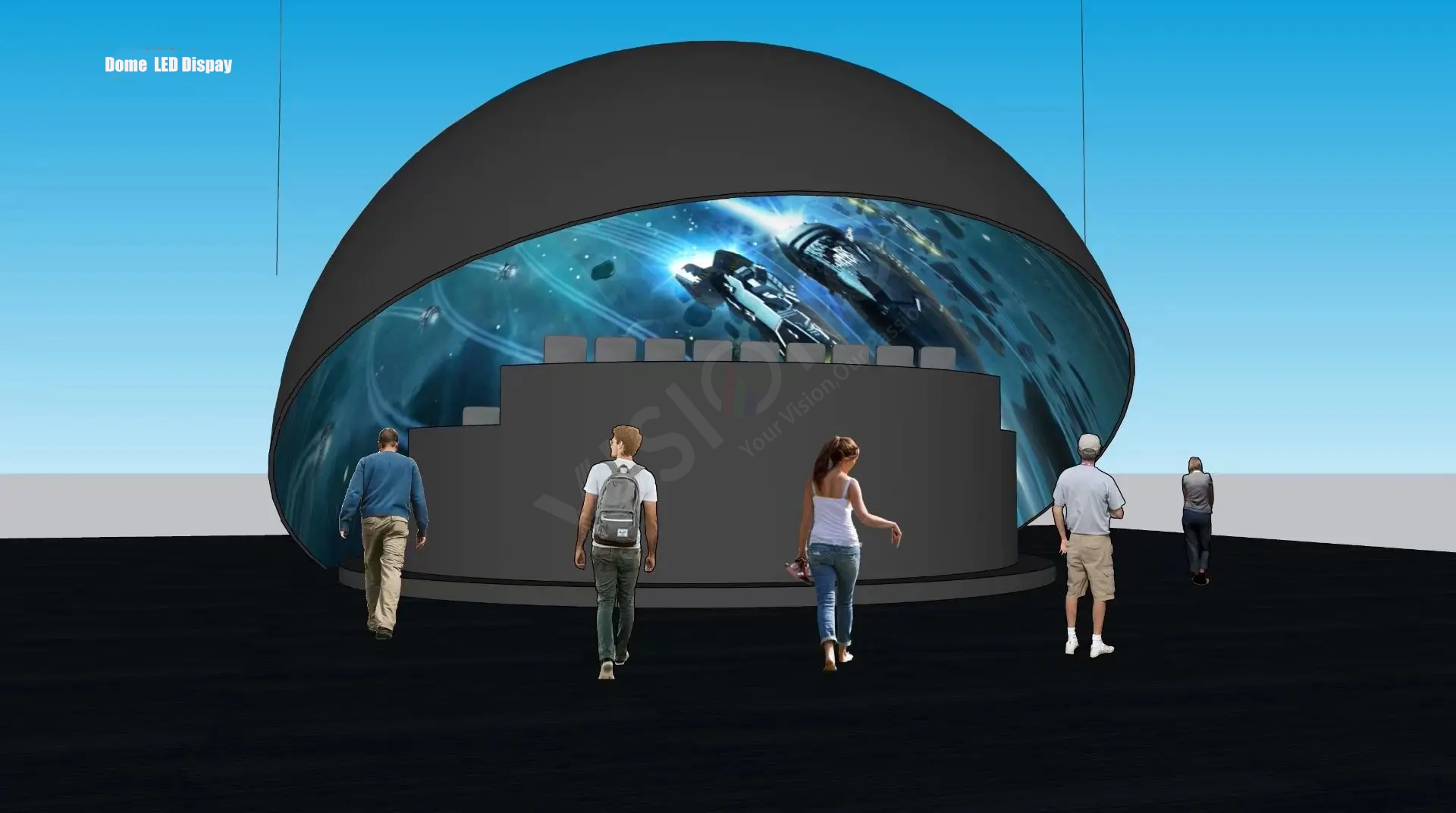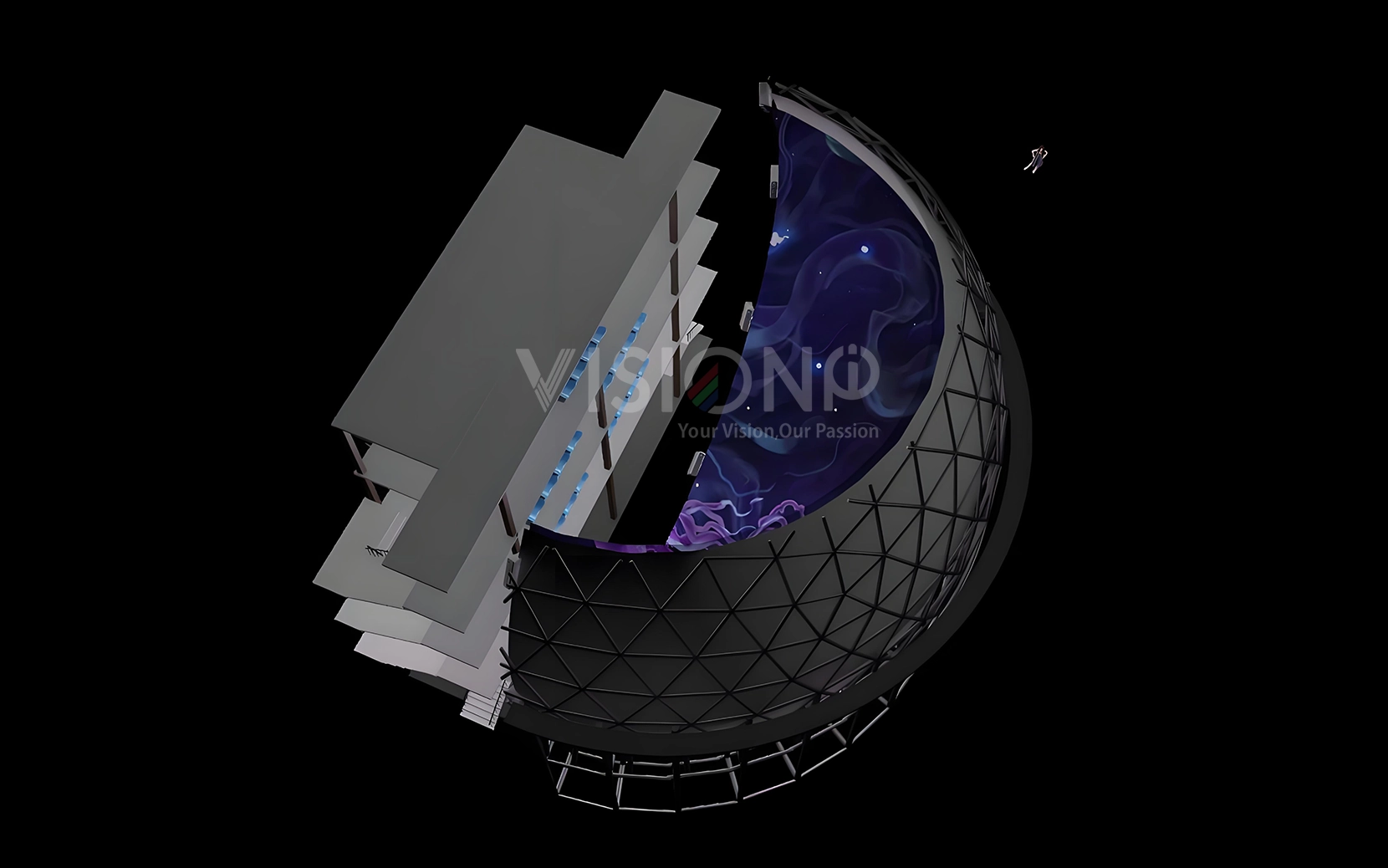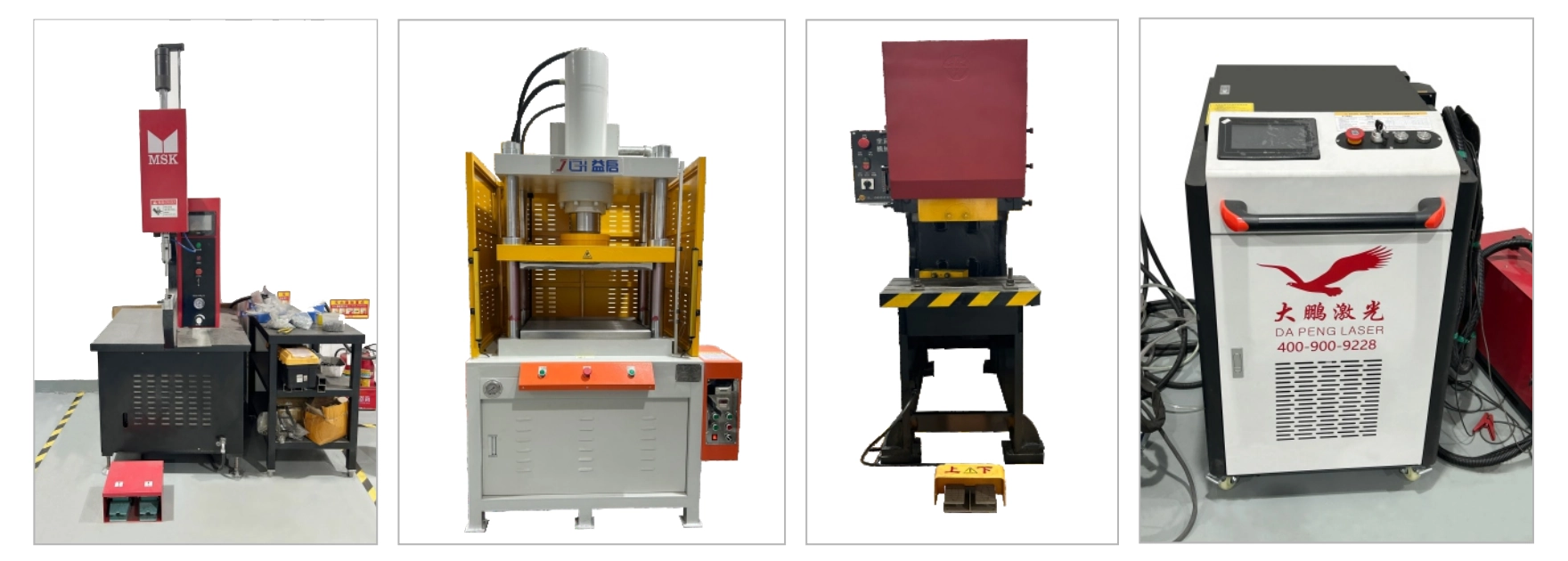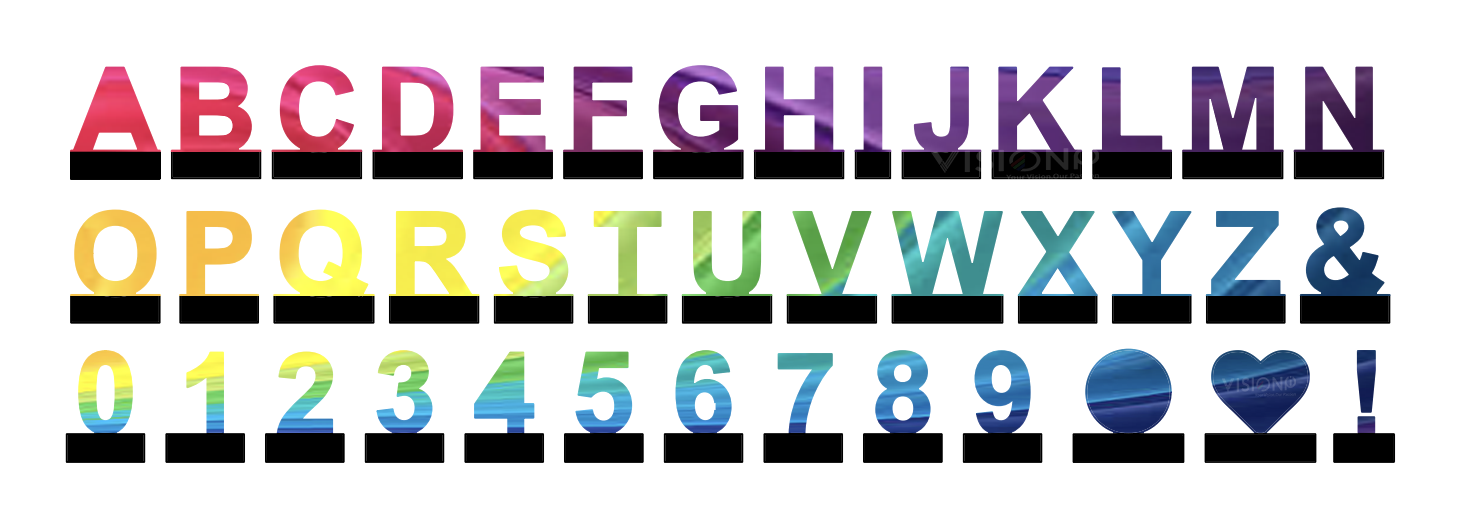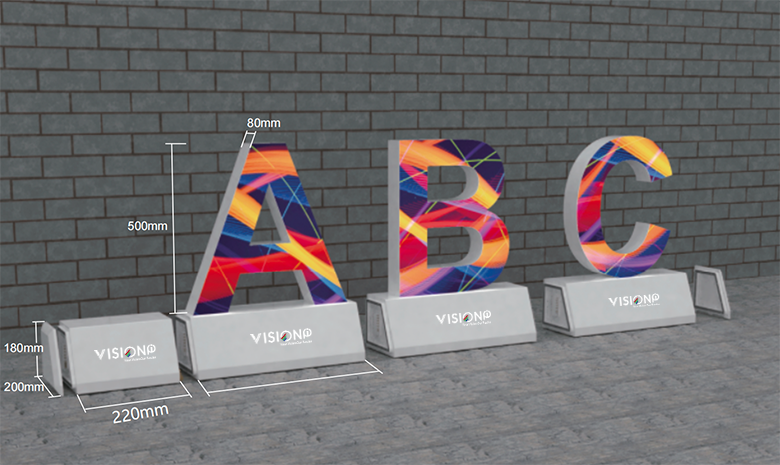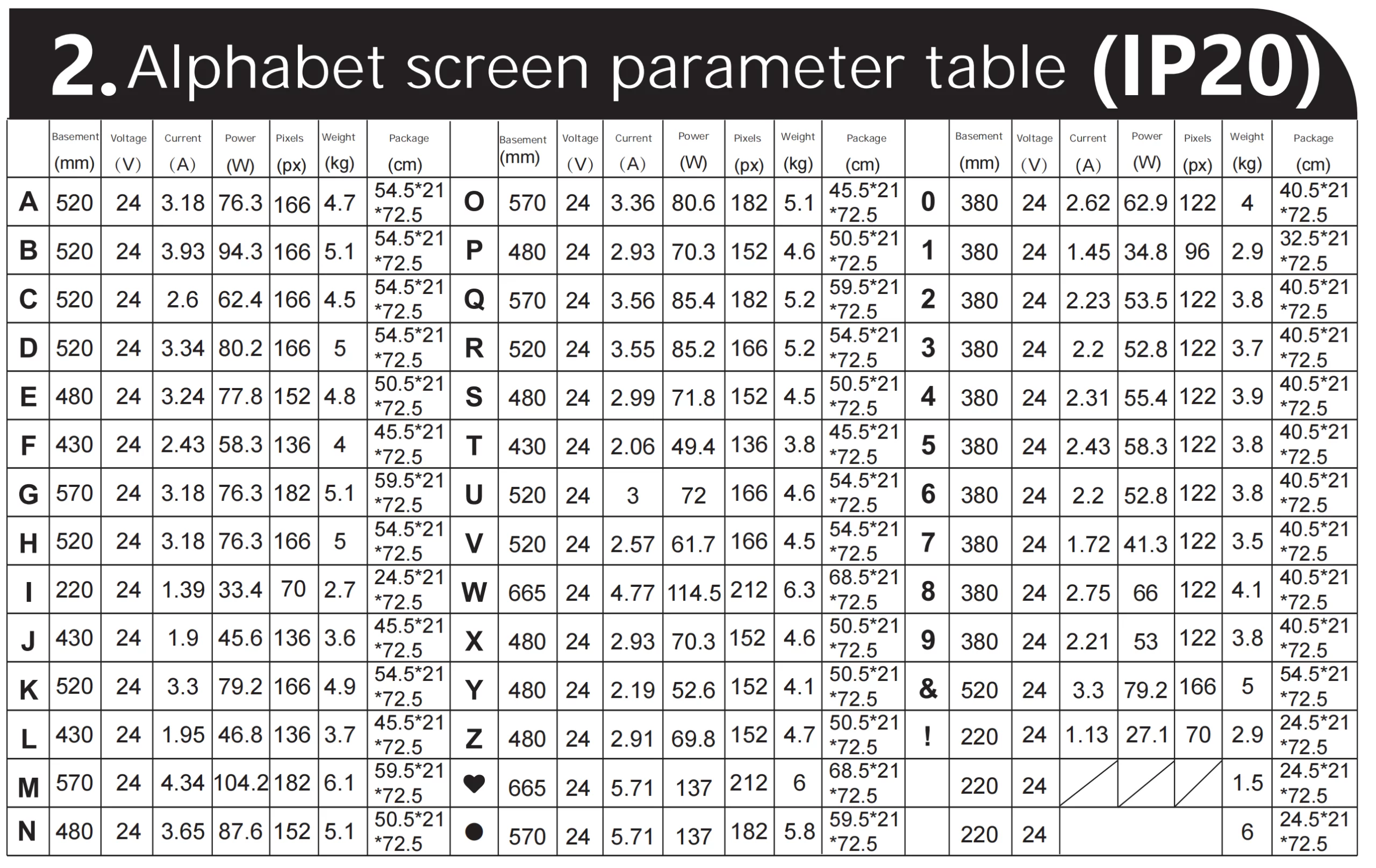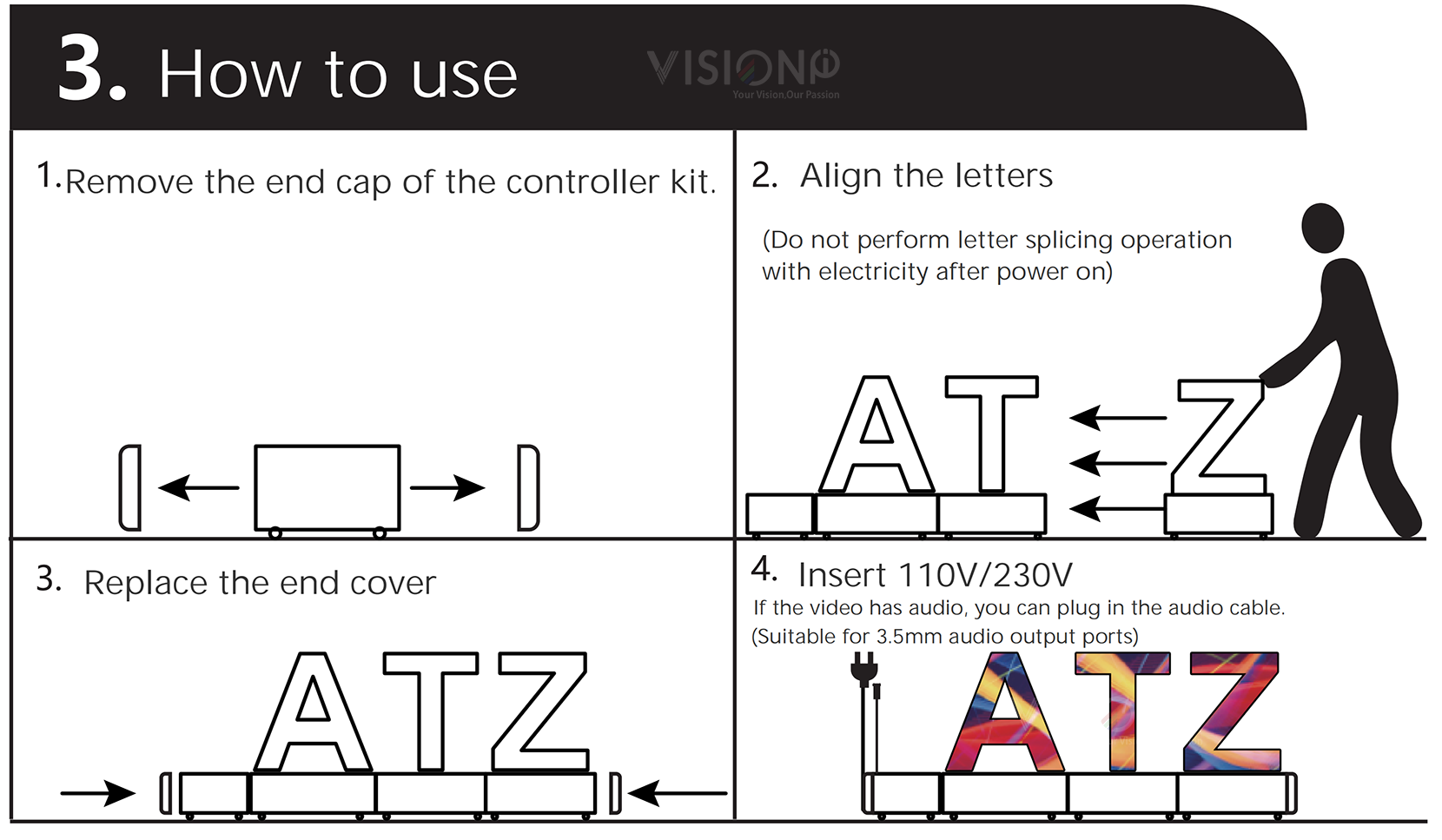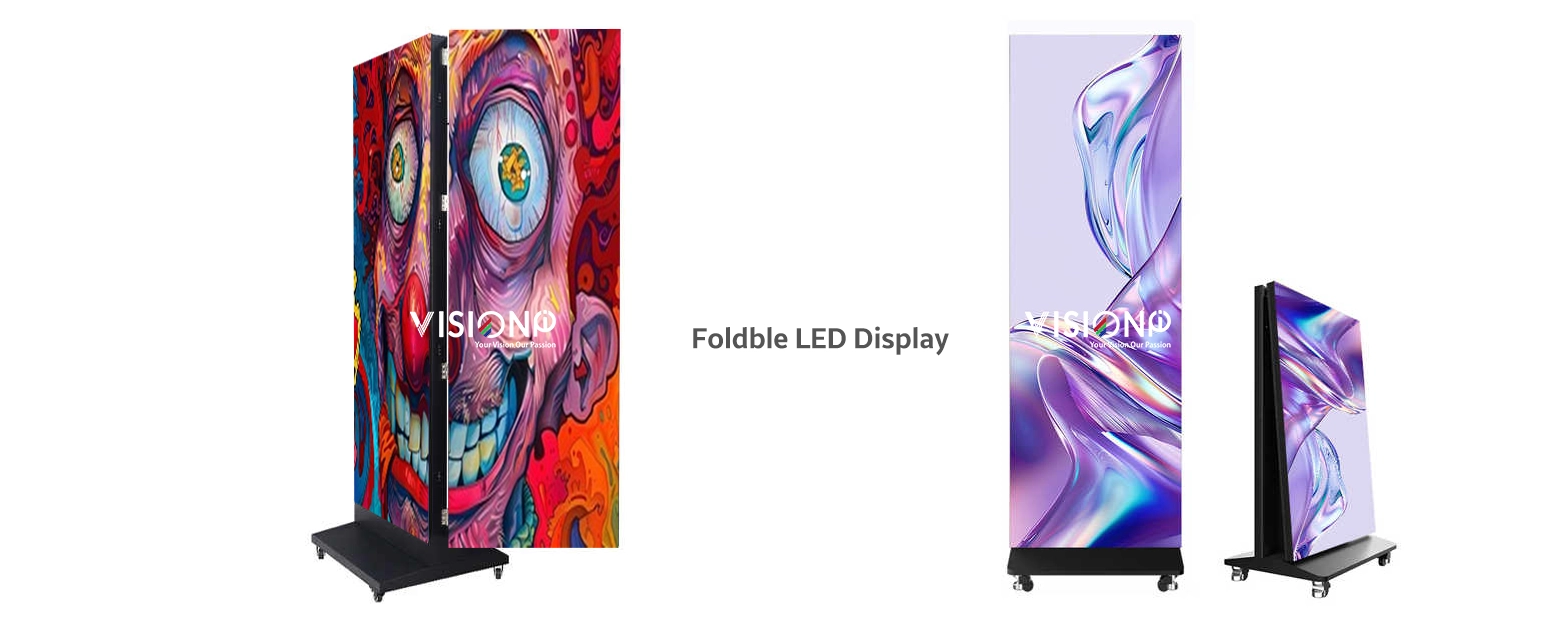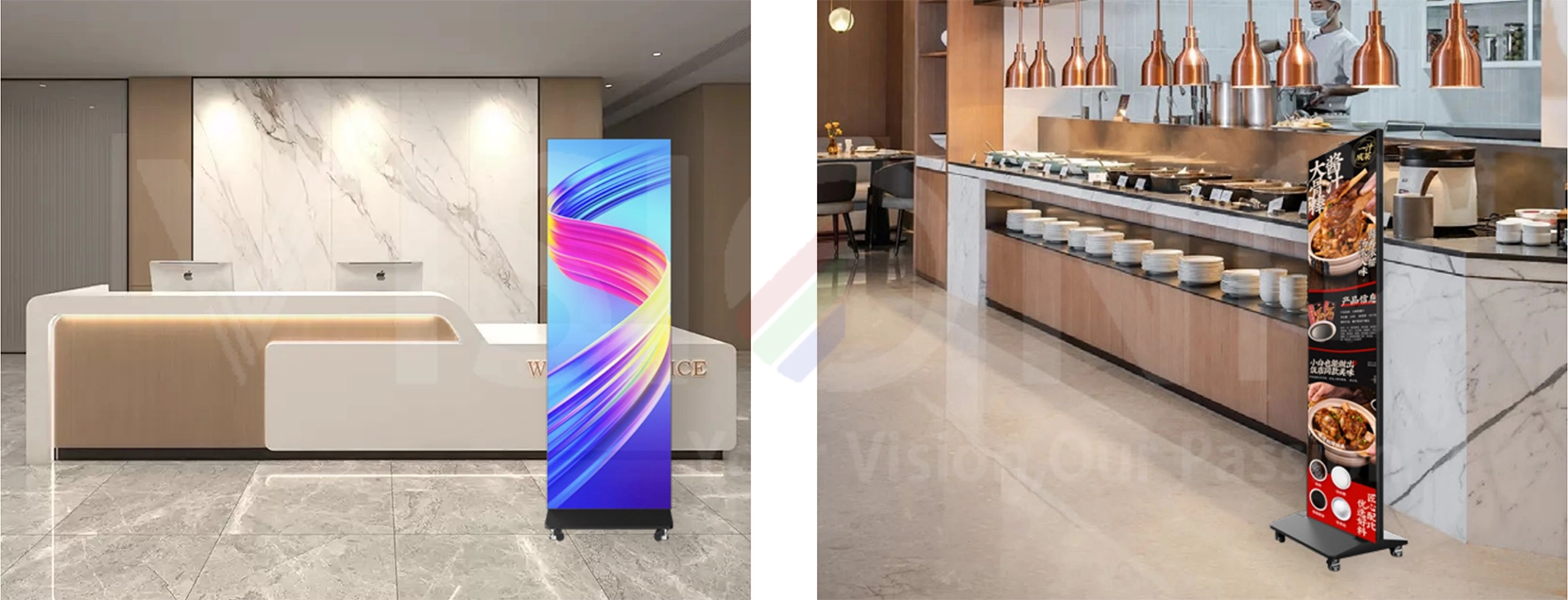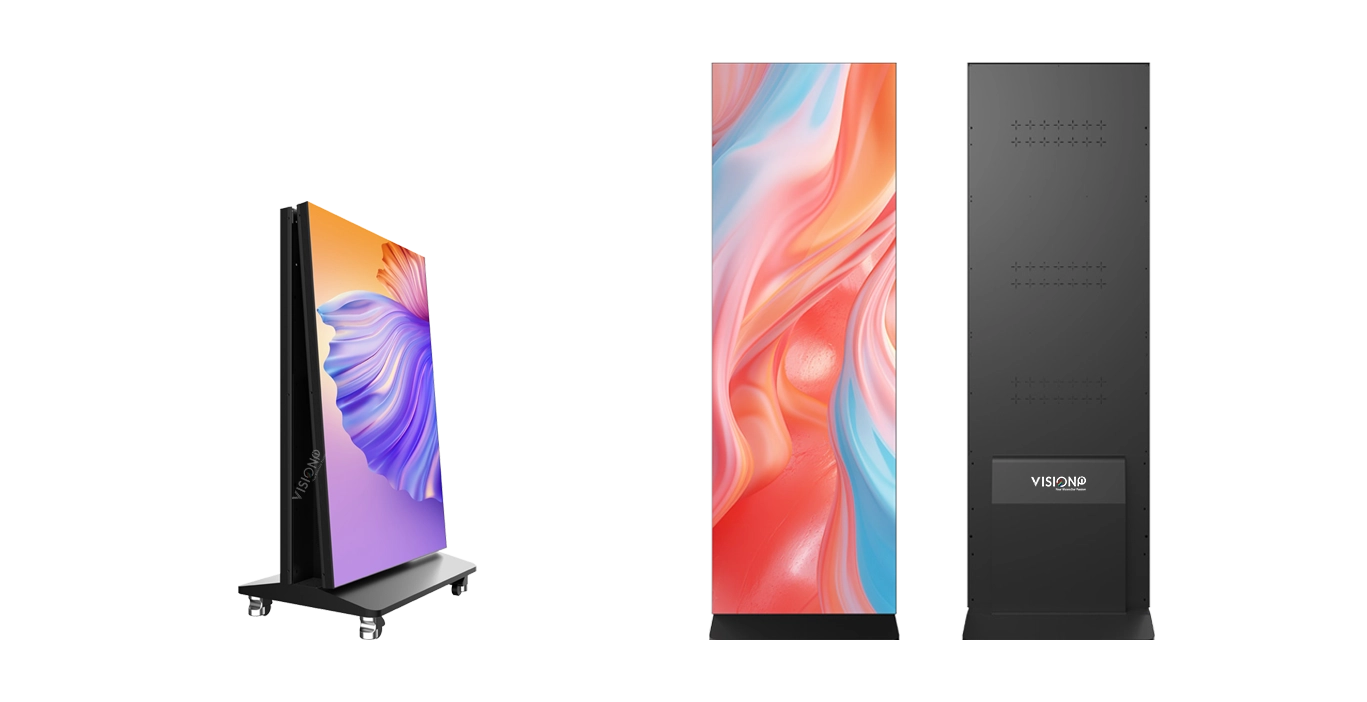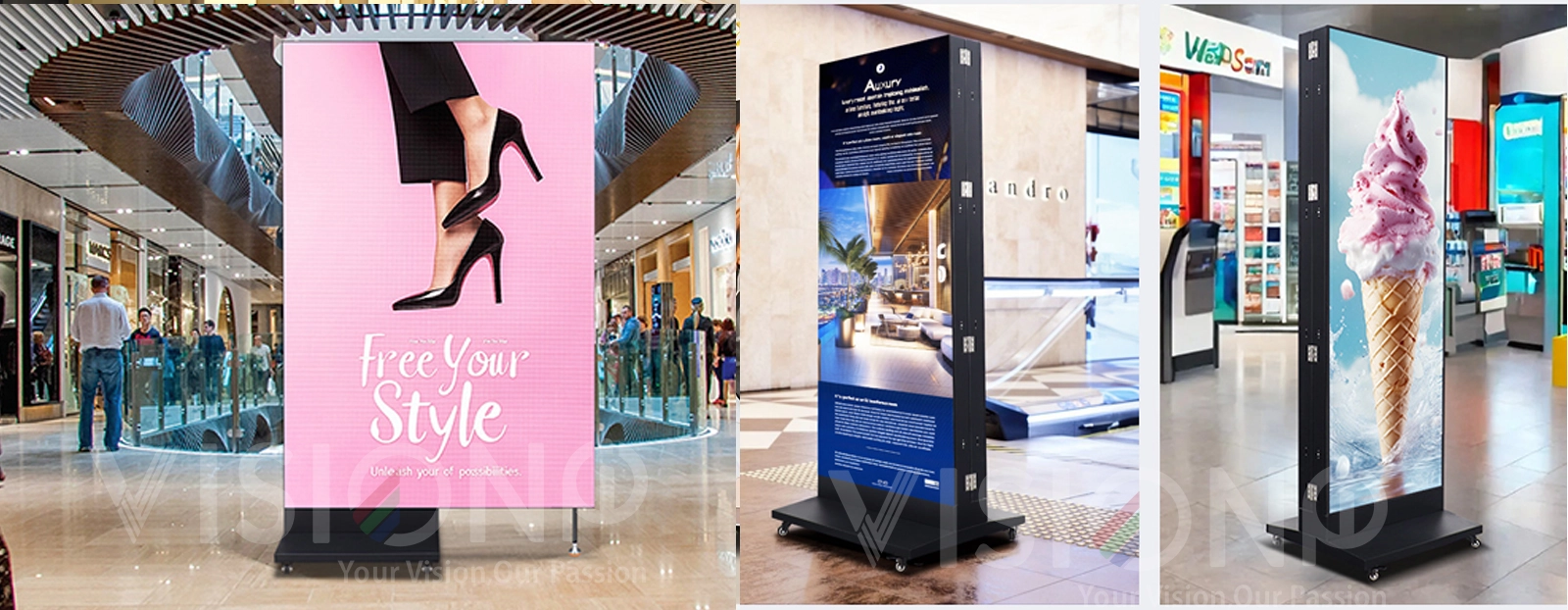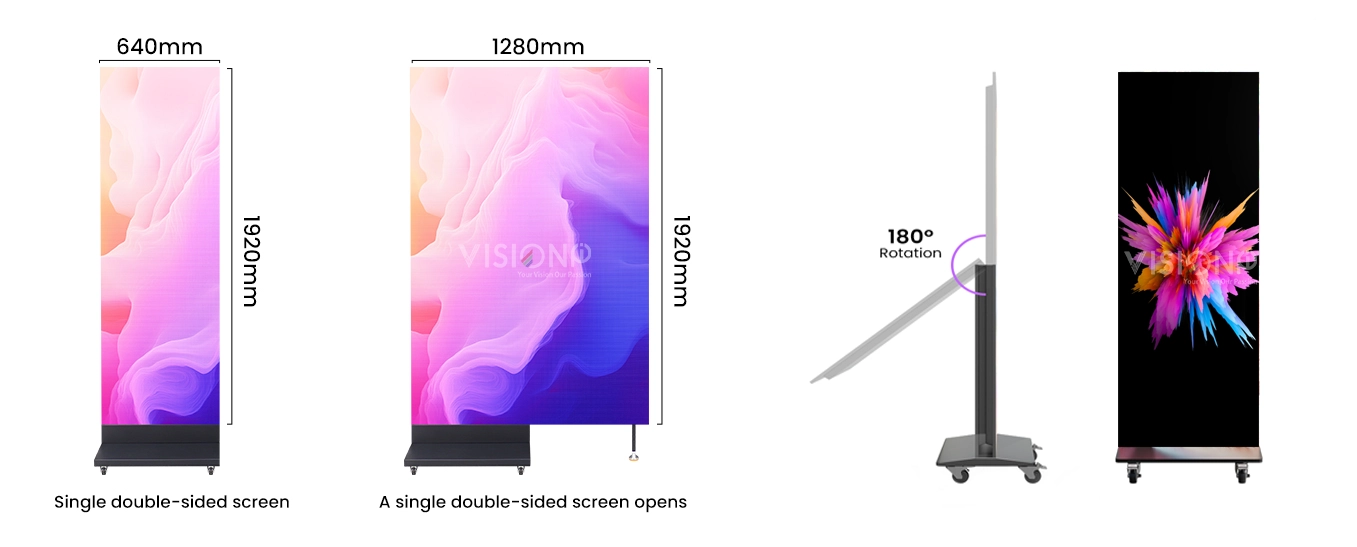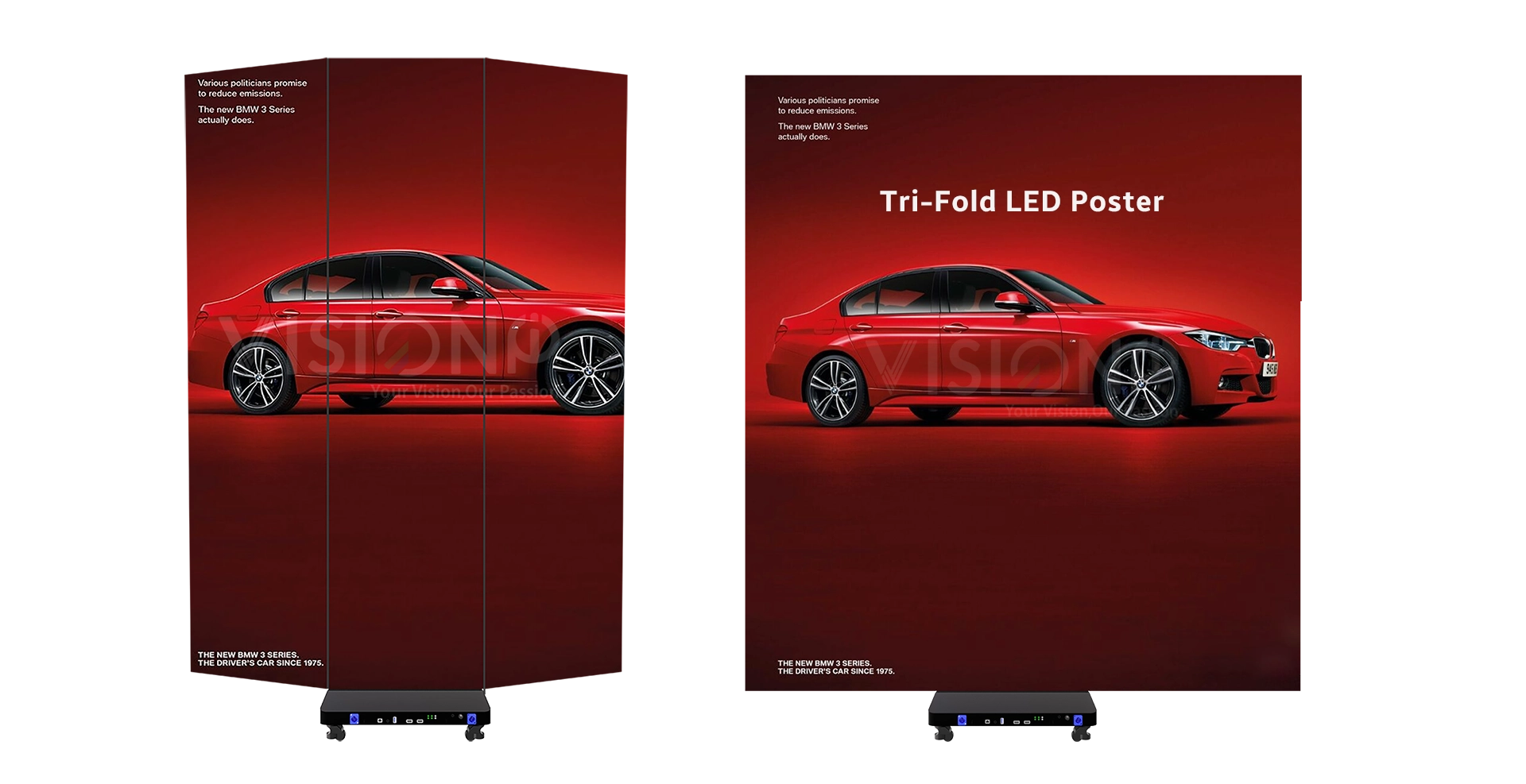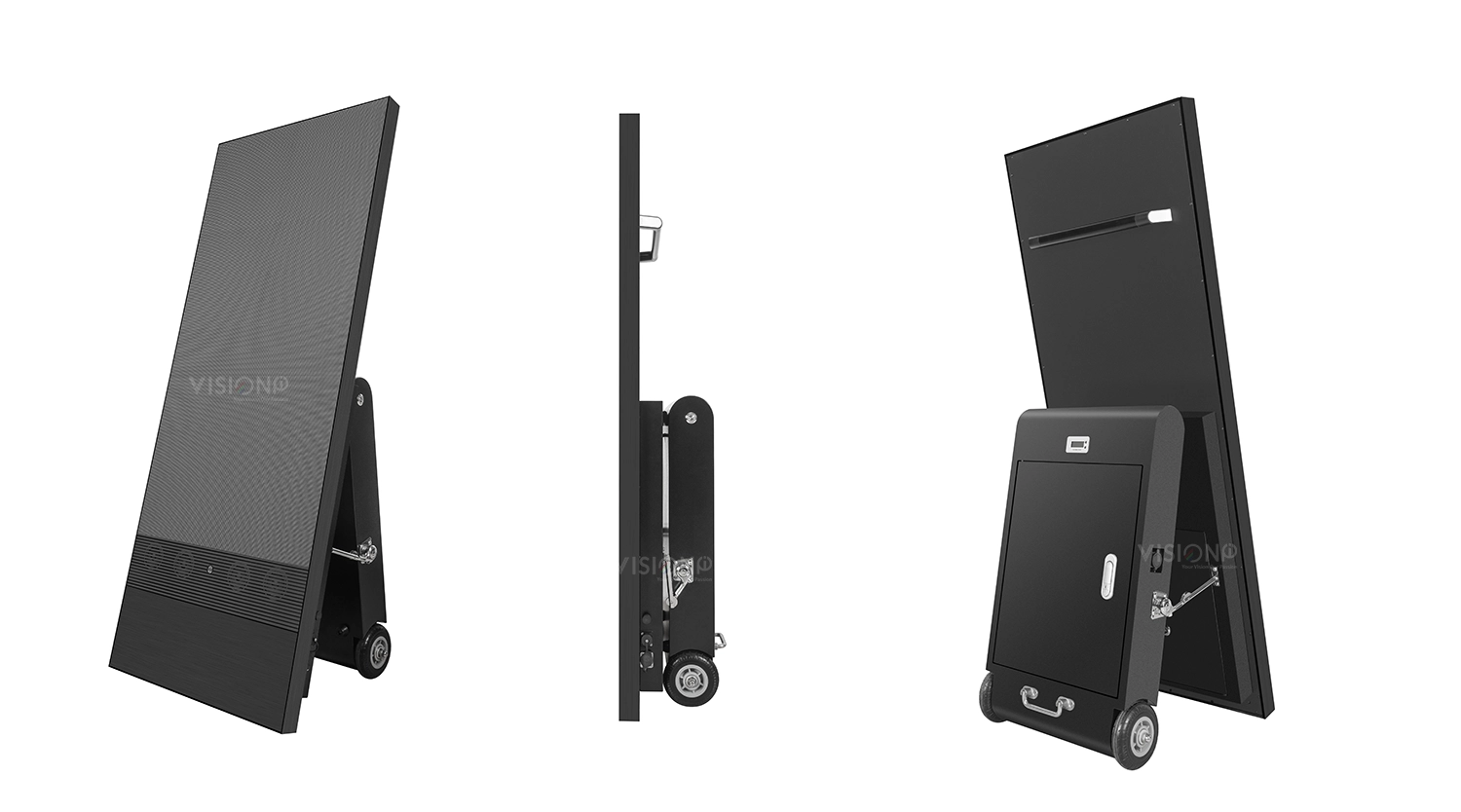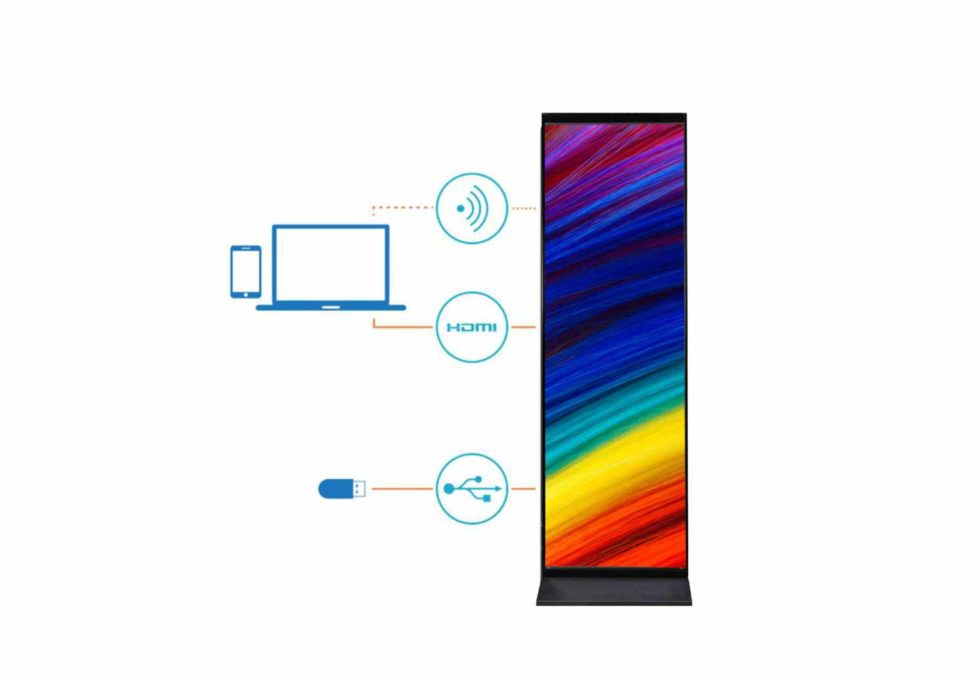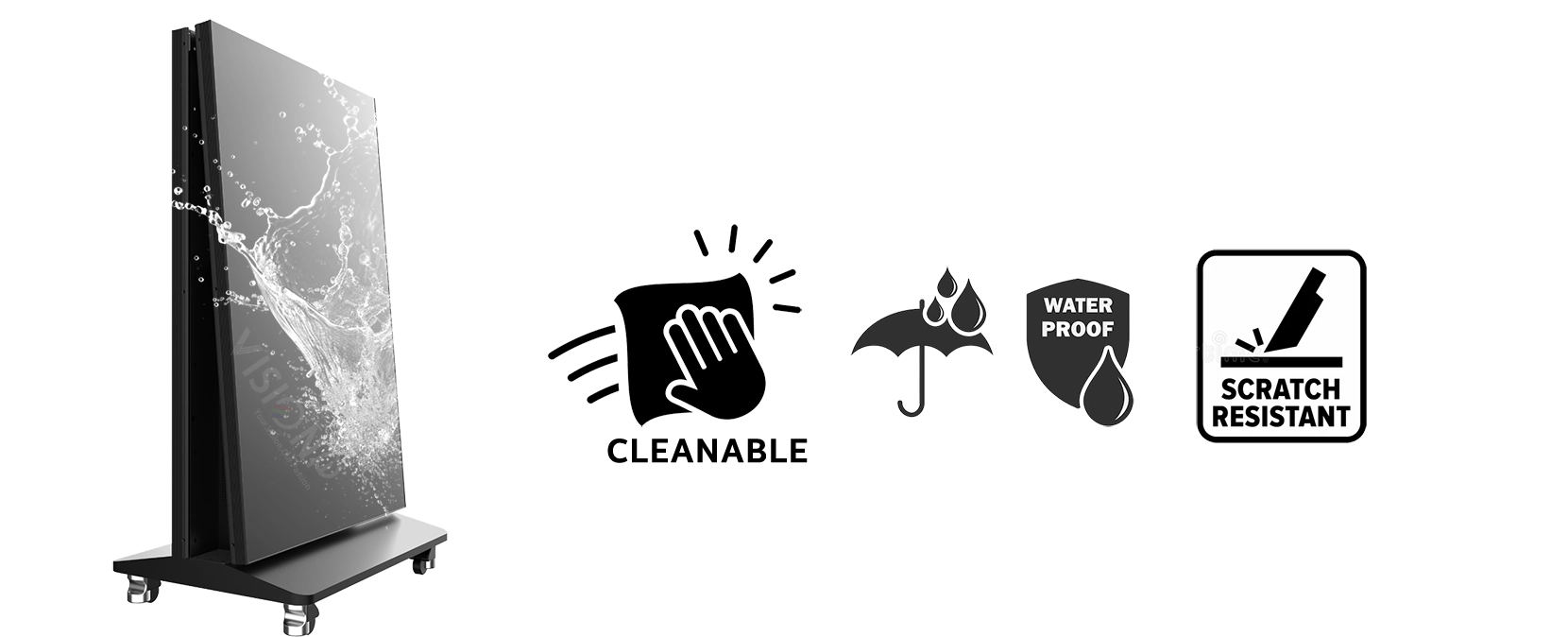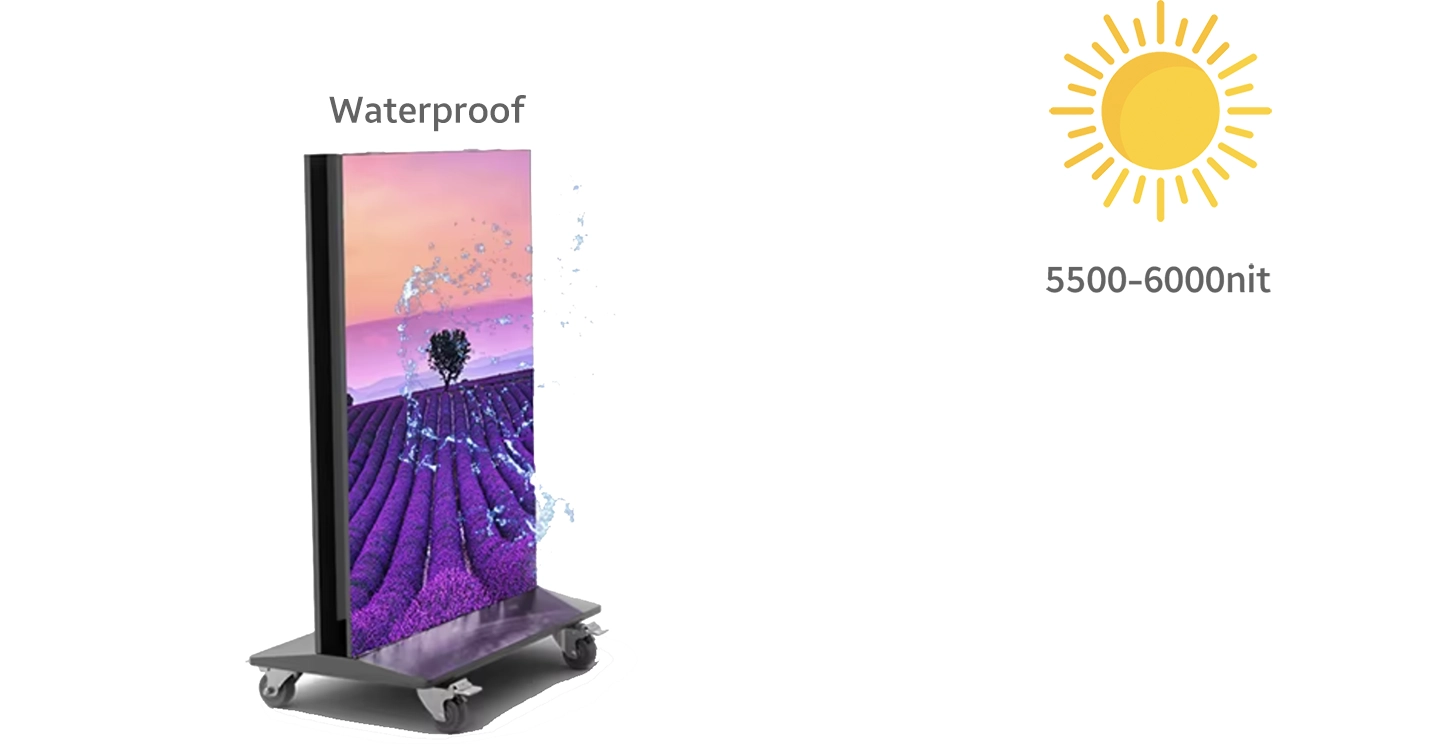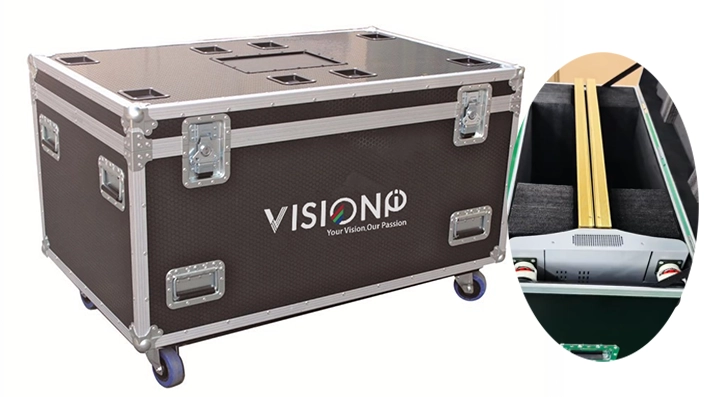Christmas Tree LED Display
Light Up the Holidays with a Custom Christmas Tree LED Display
Make your space unforgettable this season with our Christmas tree LED display—a stunning, standout feature for any event or venue. Our Christmas tree LED screen is constructed from several triangle-shaped LED display panels to create the design of a Christmas tree. Its distinctive pattern is ideal for infusing some holiday atmosphere, and its festive content looks great in the daytime and shines at night.


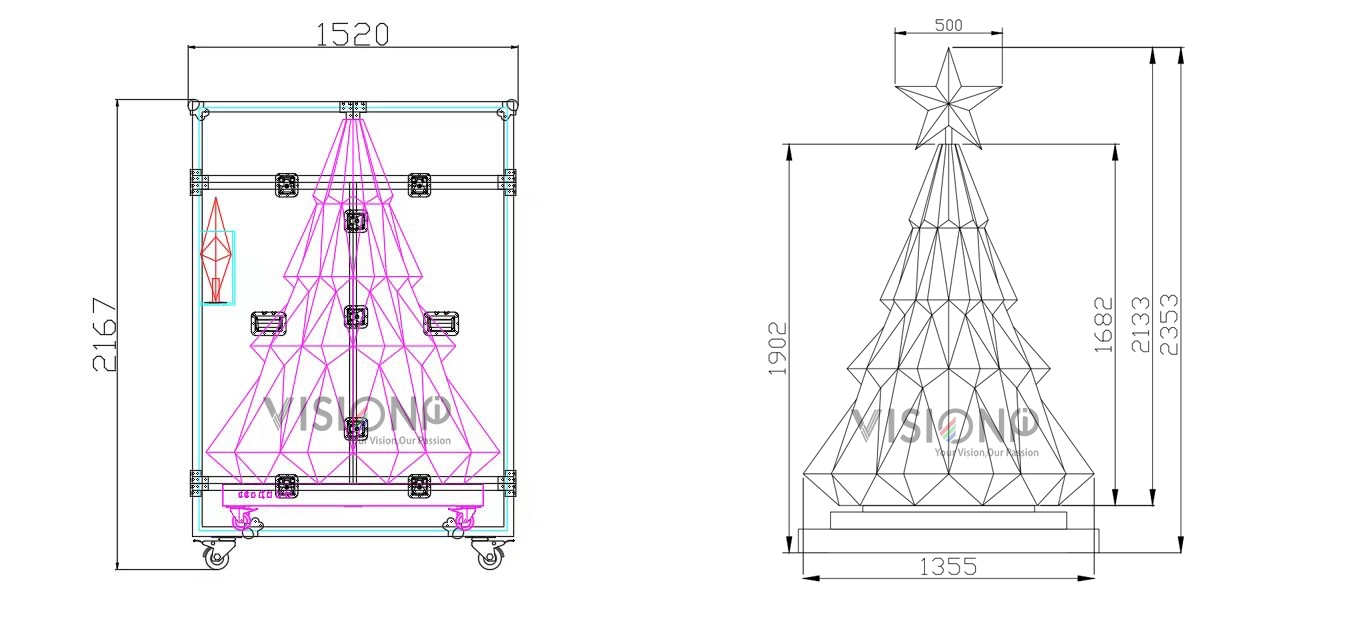
Why Choose Our Christmas Tree LED Display?
Personalized Festive Content: Customize your Christmas content with animated lights, holiday messages and branded graphics to add Christmas joy. Virtually all holiday themes come to life with a smooth running high definition video on our custom Christmas tree display.
High Visibility Impact: With vibrant colors and high resolution, the holiday tree digital signage is perfect for generating attention indoors or outdoors with a message or seasonal greeting that will stand out in any location.
Easy Setup and Maintenance: Built with durable triangular LED panels, our Christmas tree display is not only visually stunning but also easy to install, configure, and maintain, even in busy holiday environments.
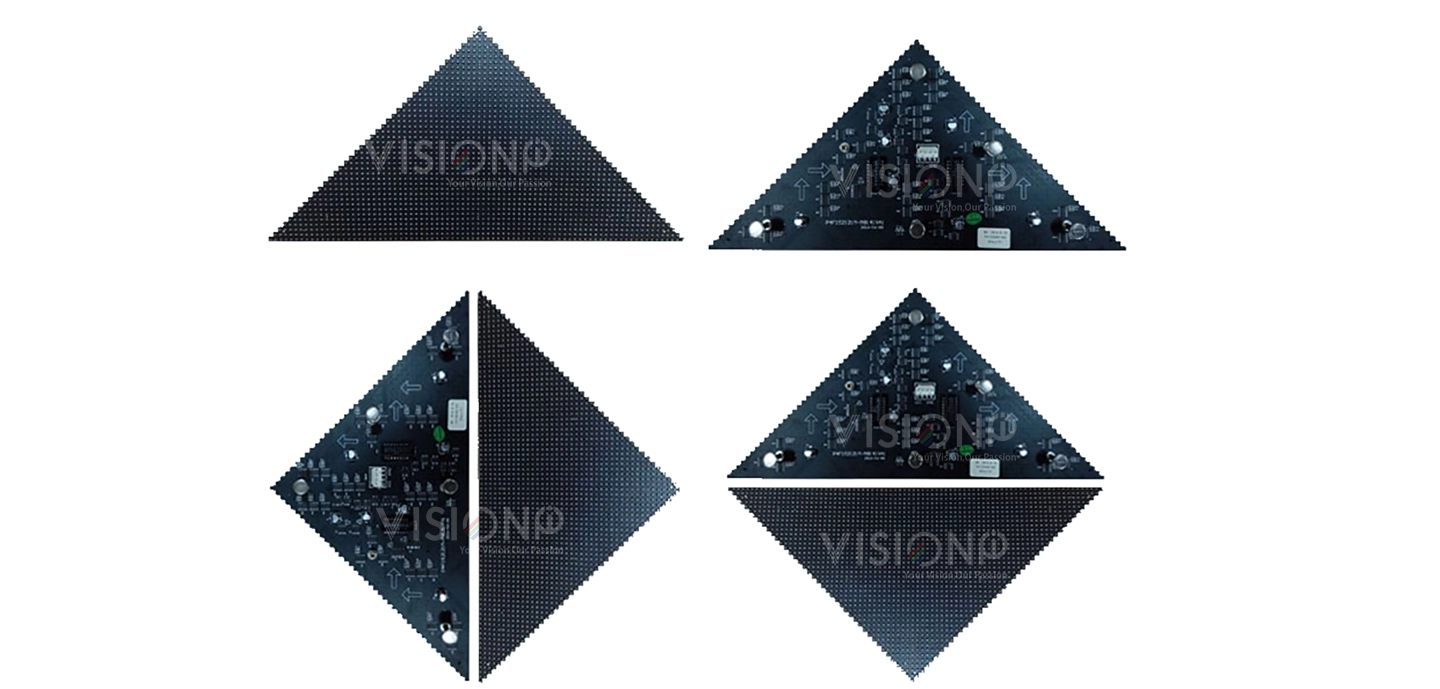
Ideal for Various Venues
Whether installed in shopping malls or store fronts, corporate lobbies, or public outdoor spaces, this Christmas tree LED display brings the magic of the holidays to life and draws people in for a memorable experience. For those looking for seasonal presentation beyond classic decorations, this LED Christmas tree display screen is an unconventional option to commemorate the joyous occasion.
Looking to add a showstopping element to your holiday arrangement? Get in touch to see our bespoke Christmas tree LED display in action and how it can make your Xmas the most wonderful time of the year!



Customized Size
From retail spaces and corporate events to concerts and art installations, the water drop LED display is versatile. Its ability to adapt to different environments makes it a valuable asset for any visual project.
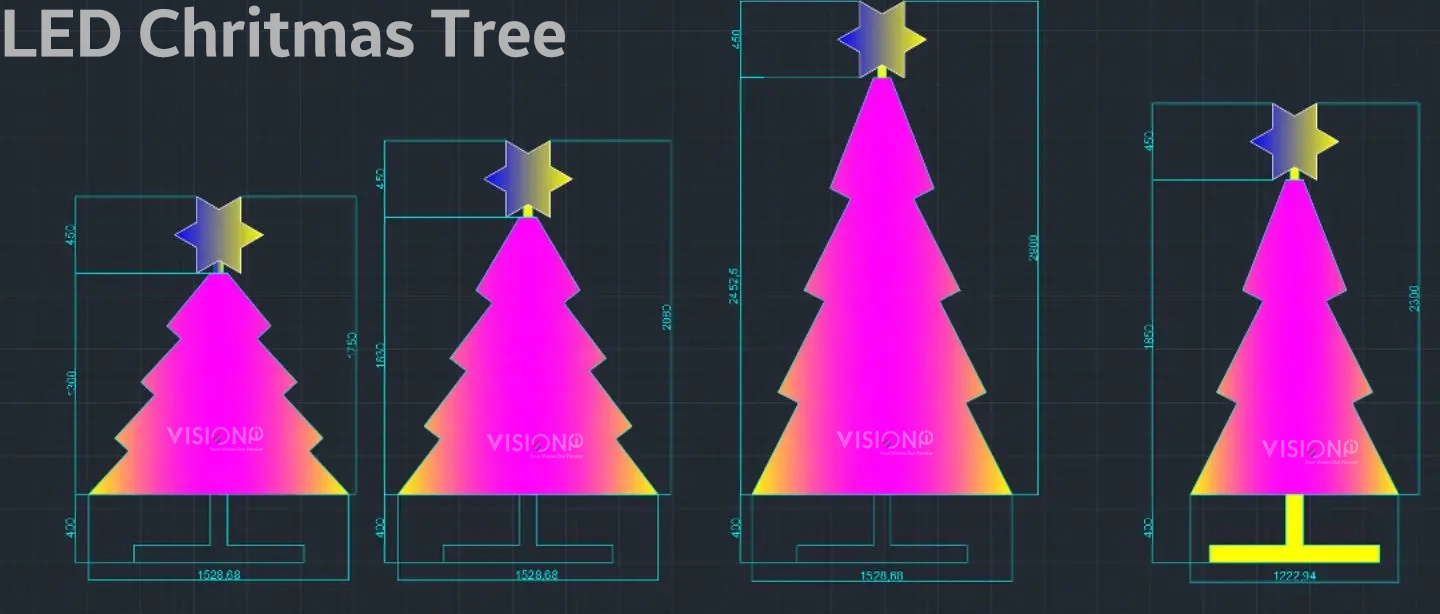
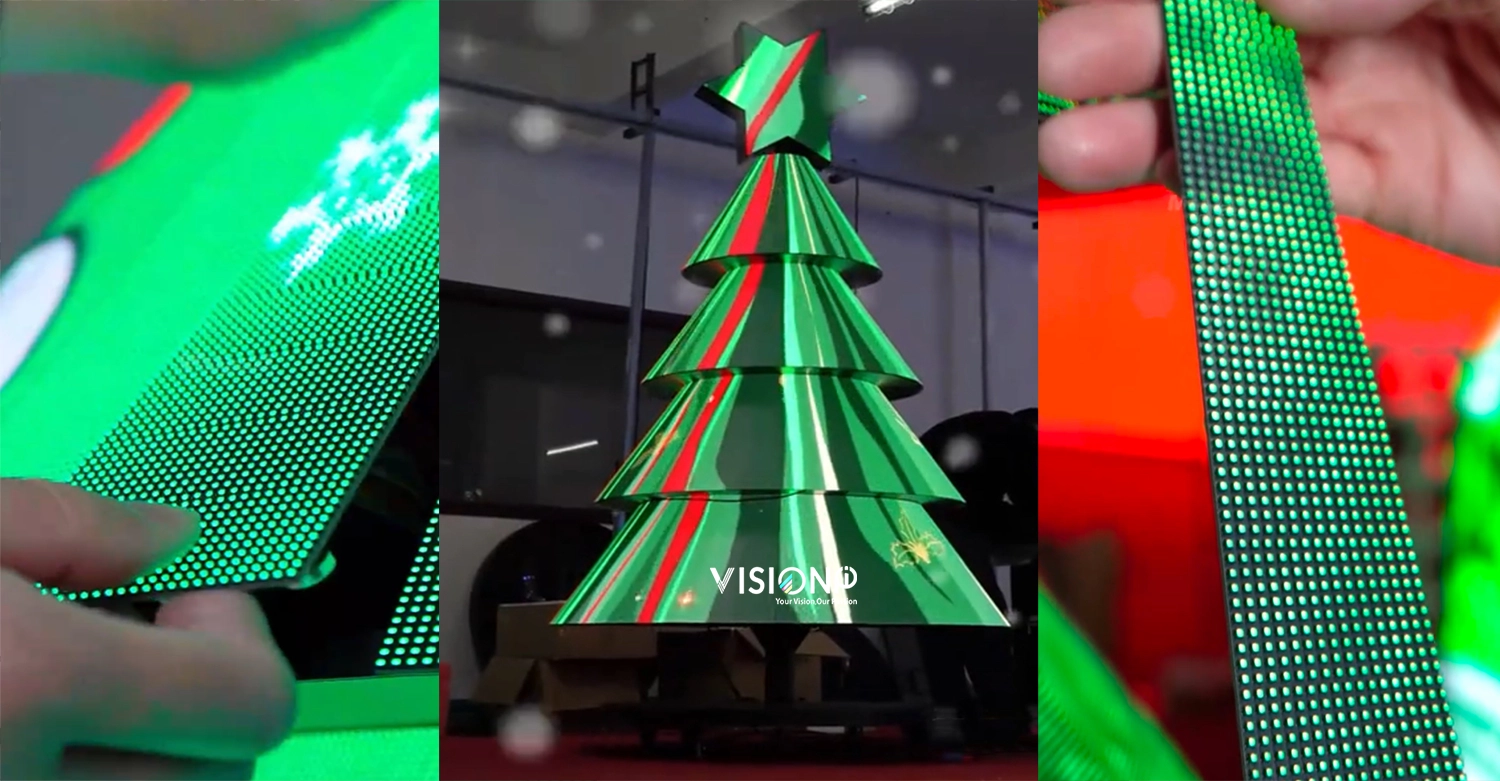
Energy Efficiency and Longevity
Utilizing low-power LED technology, these displays not only provide bright visuals but also operate efficiently. With a long lifespan, they reduce maintenance costs and are an environmentally friendly choice.
Make it sparkle like never before with our stunning Christmas LED displays! 🎄✨ Turn your home, storefront or event into a luxurious wonderland that is sure to turn heads and bring just the right amount of joy. Long-lasting, energy-efficient, weatherproof, ultra-bright LED lights look great on any Christmas tree. Don’t delay—realize your holiday vision today and let your space be the one that everyone talks about! 🎅💡 Buy now and light up your Christmas!

